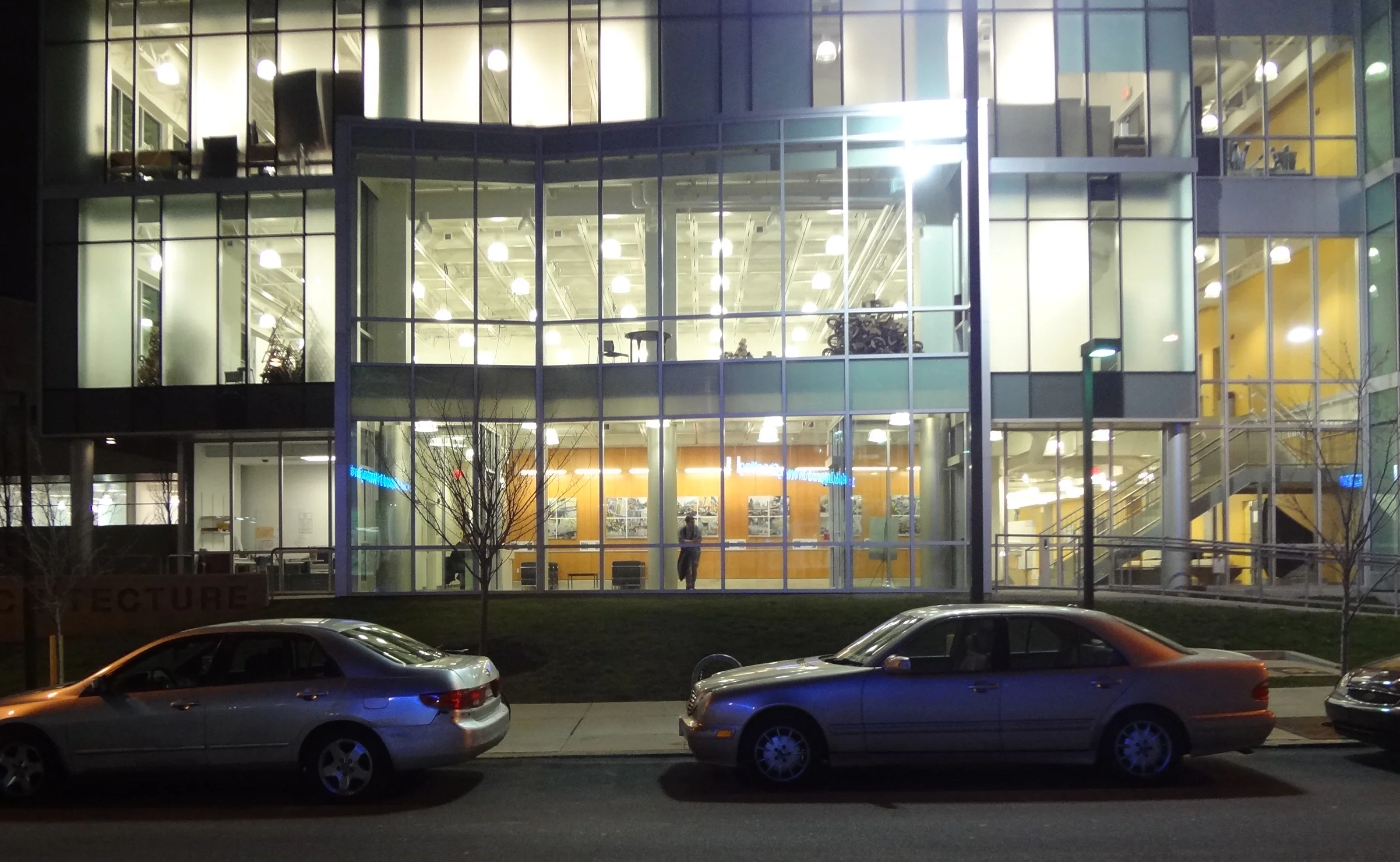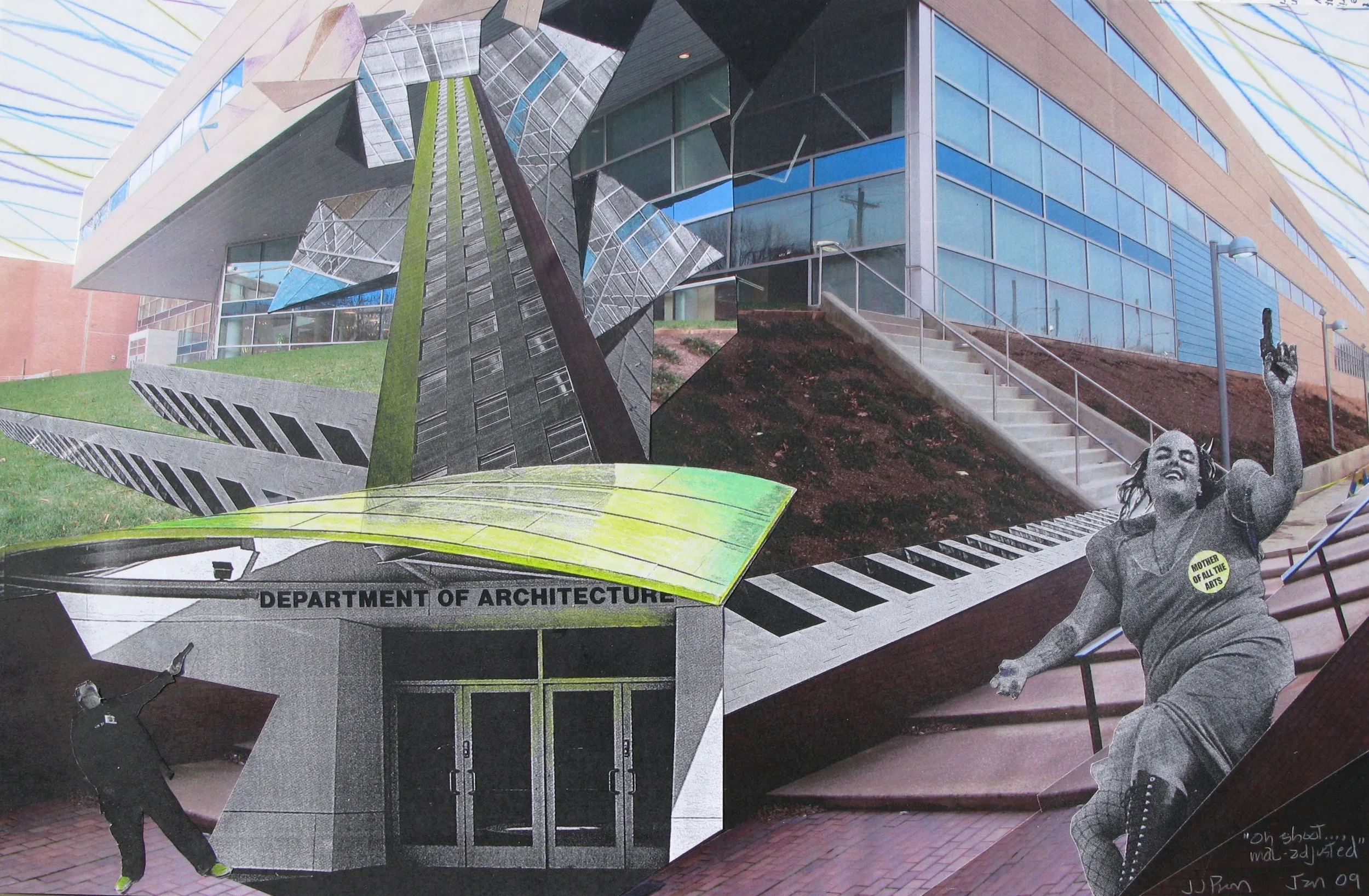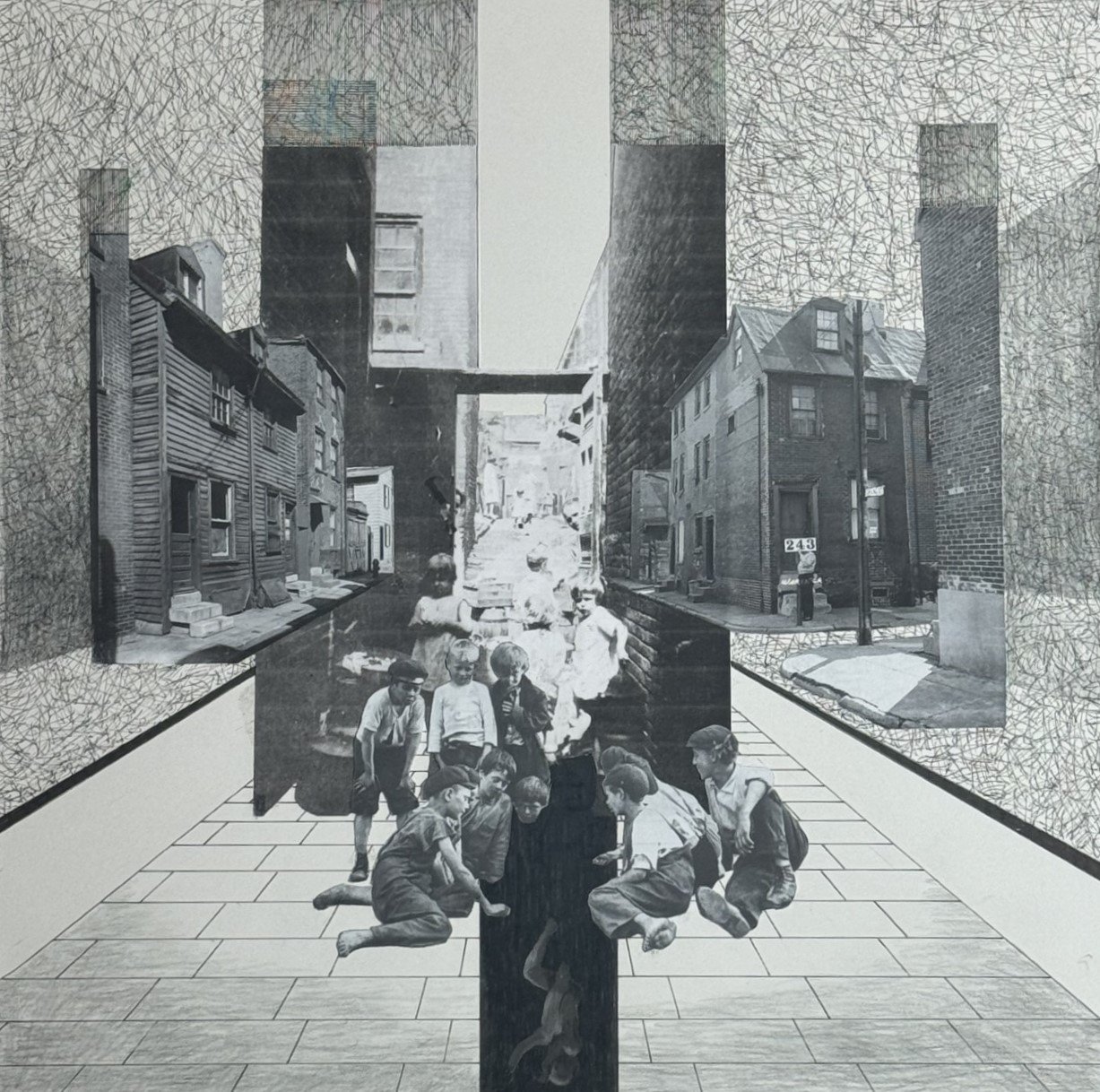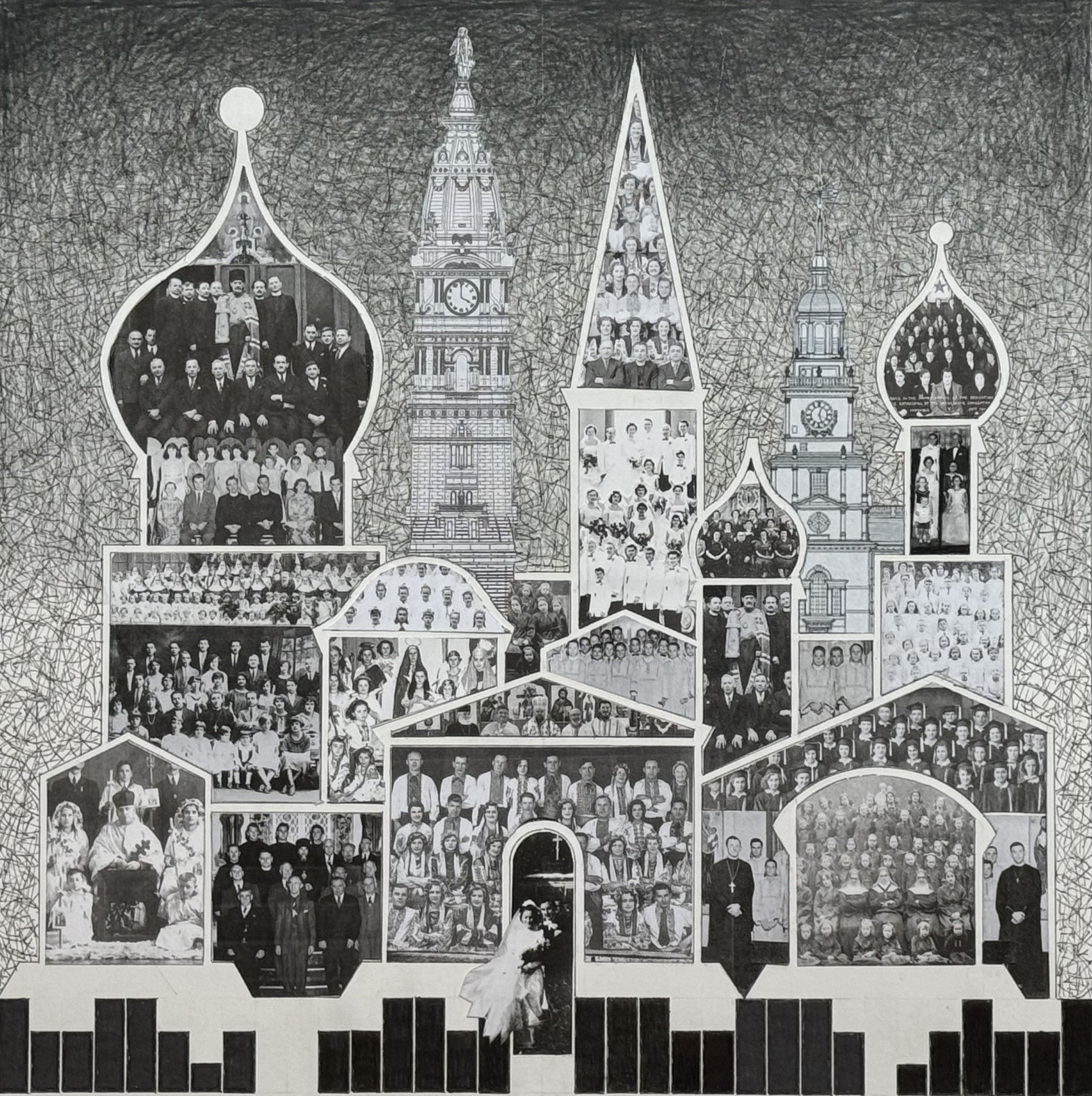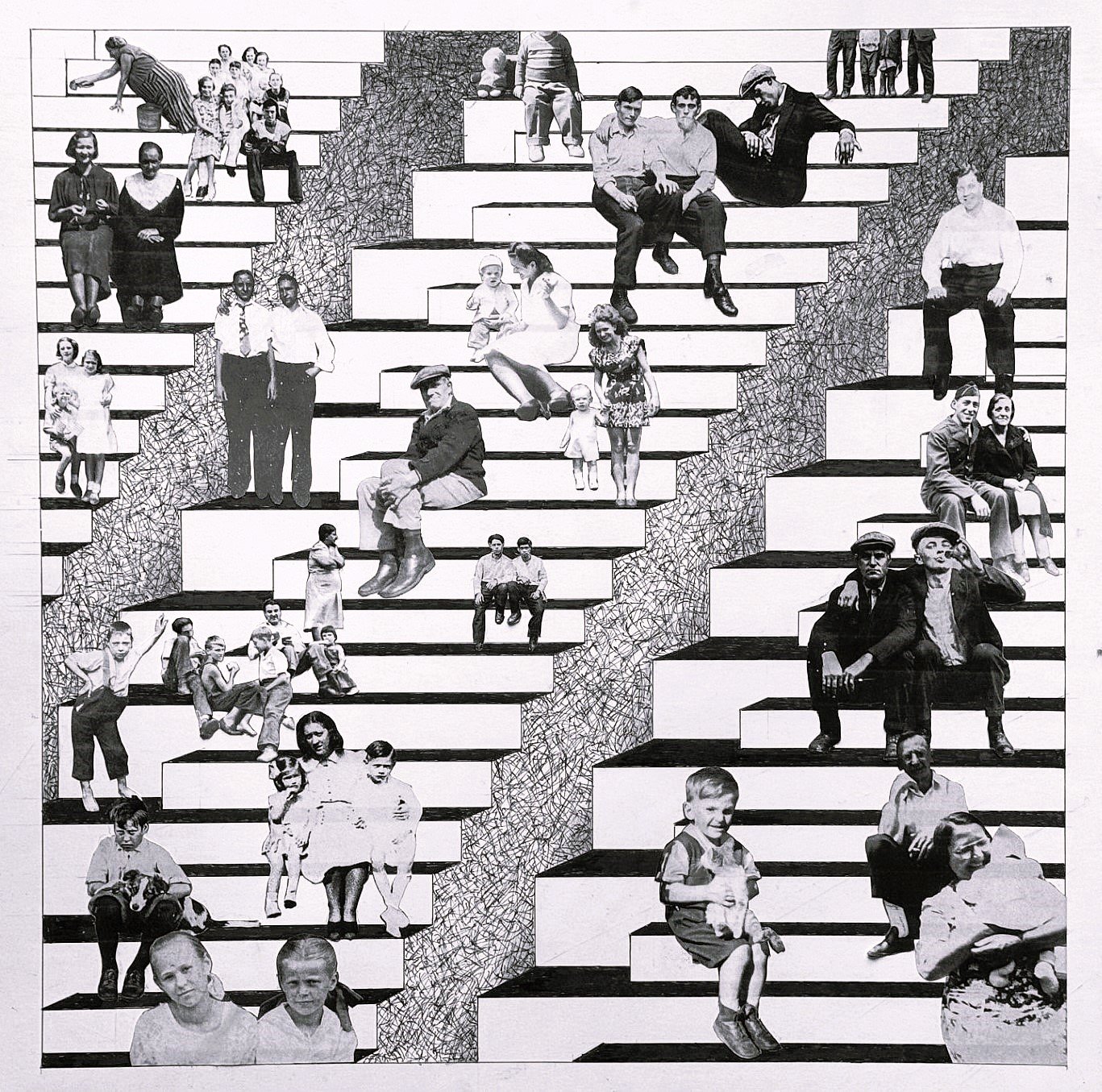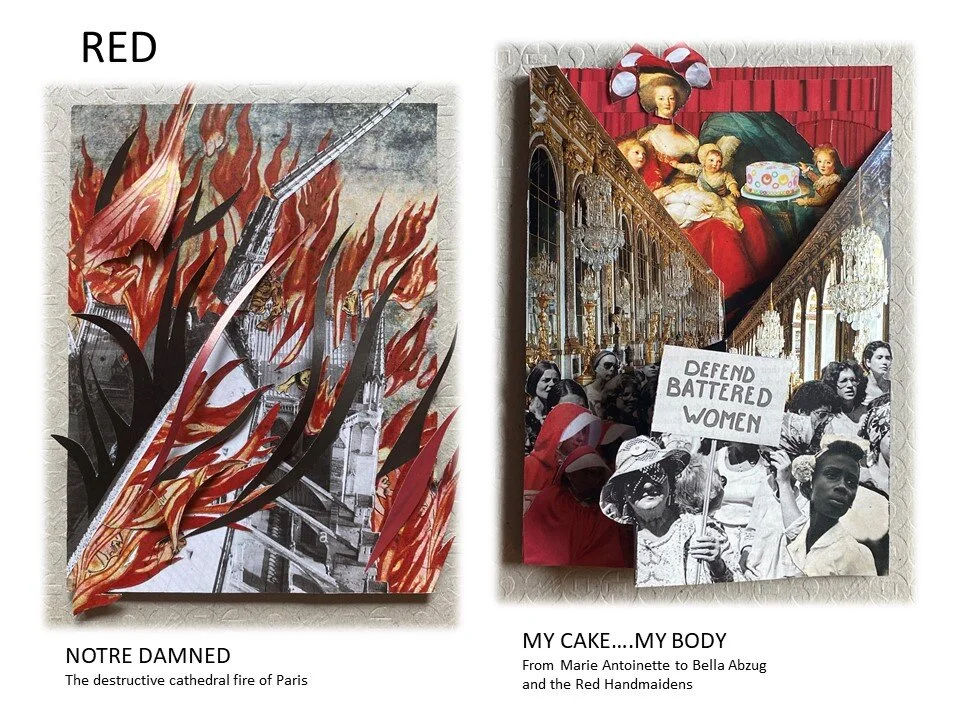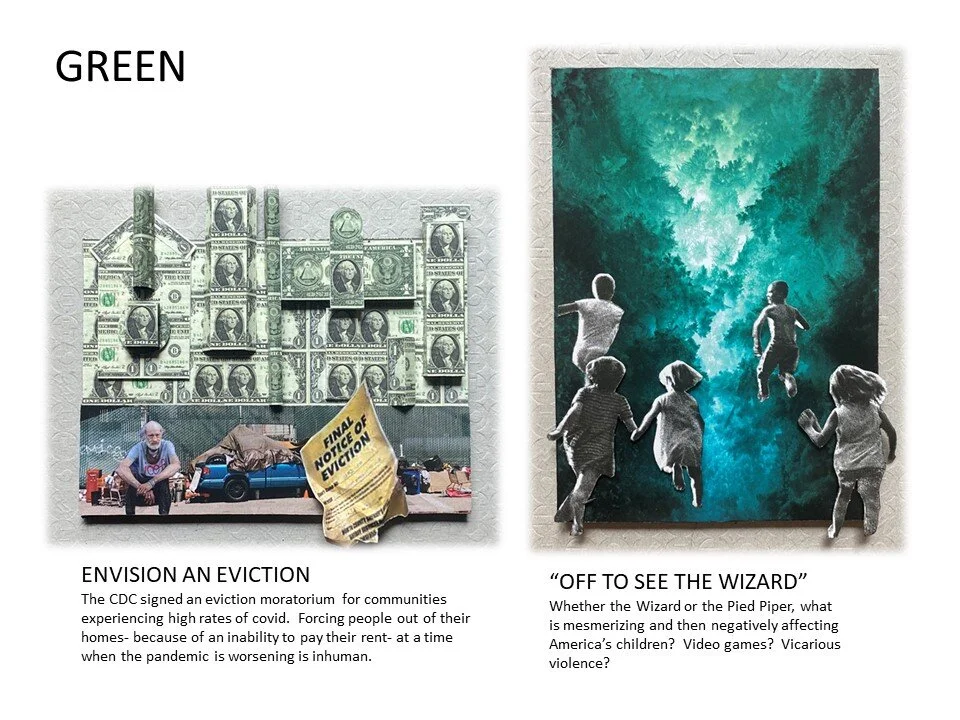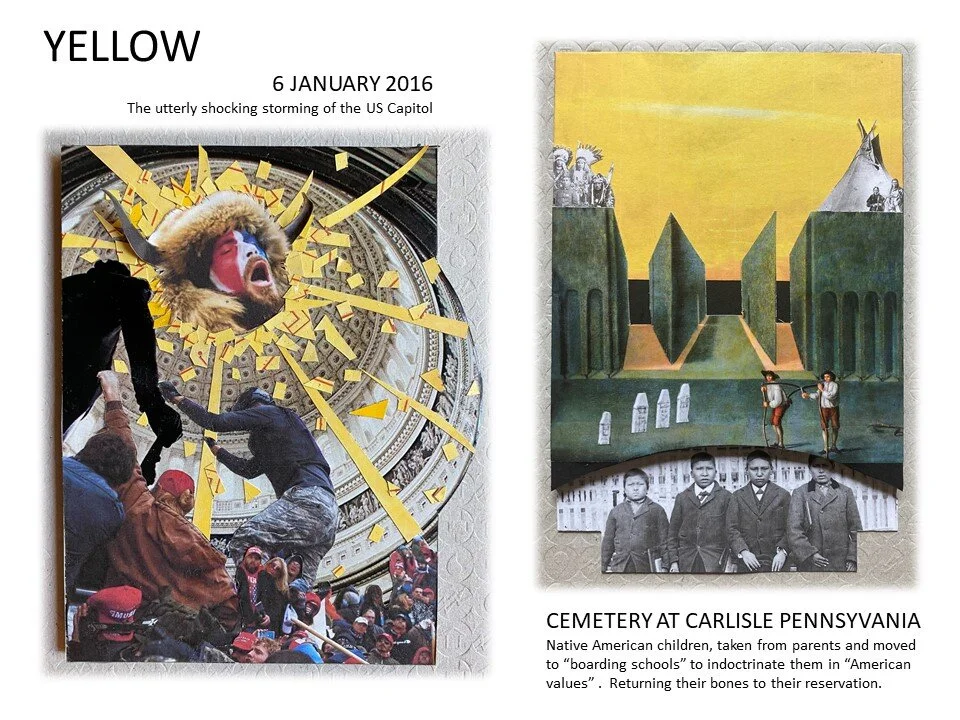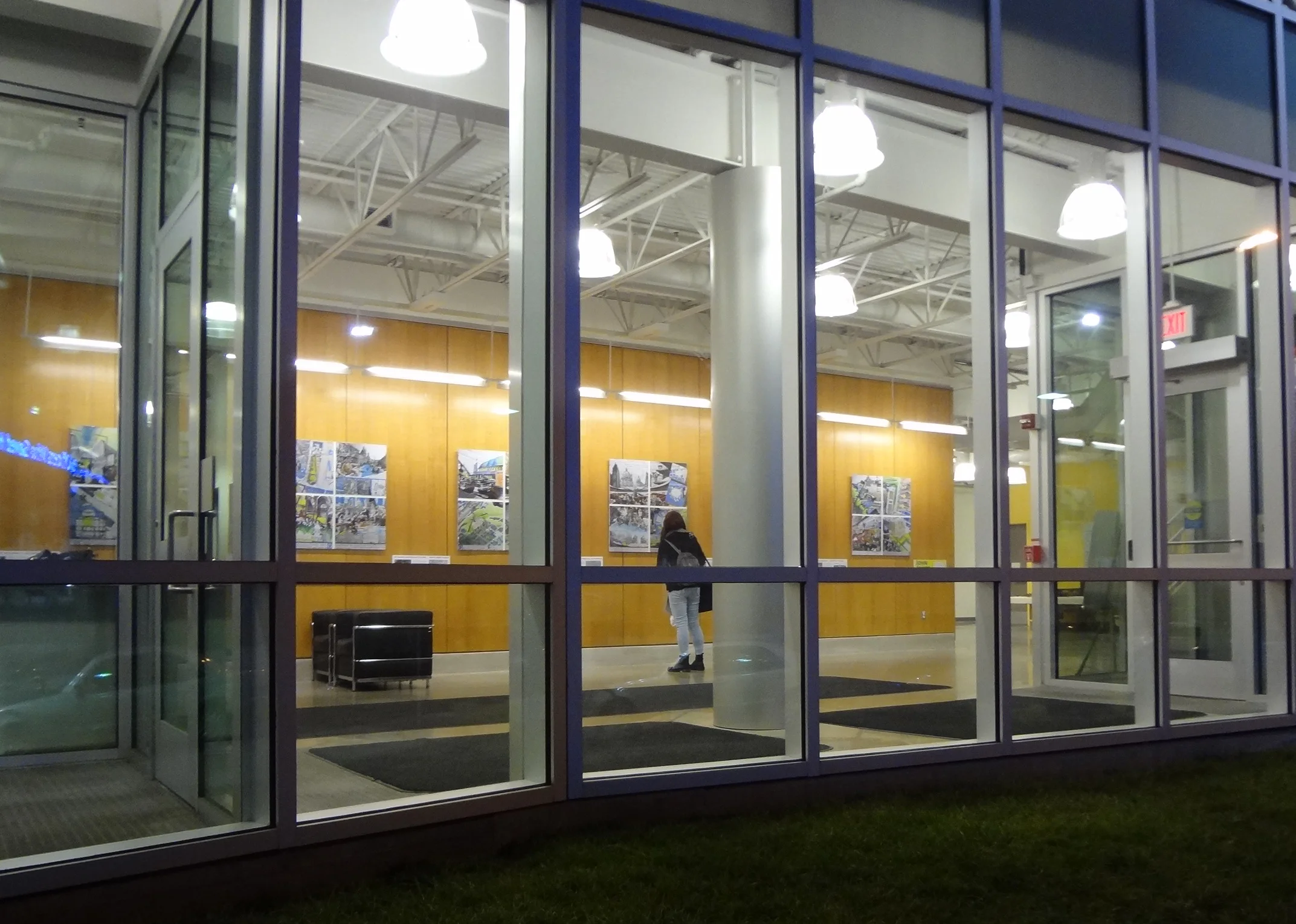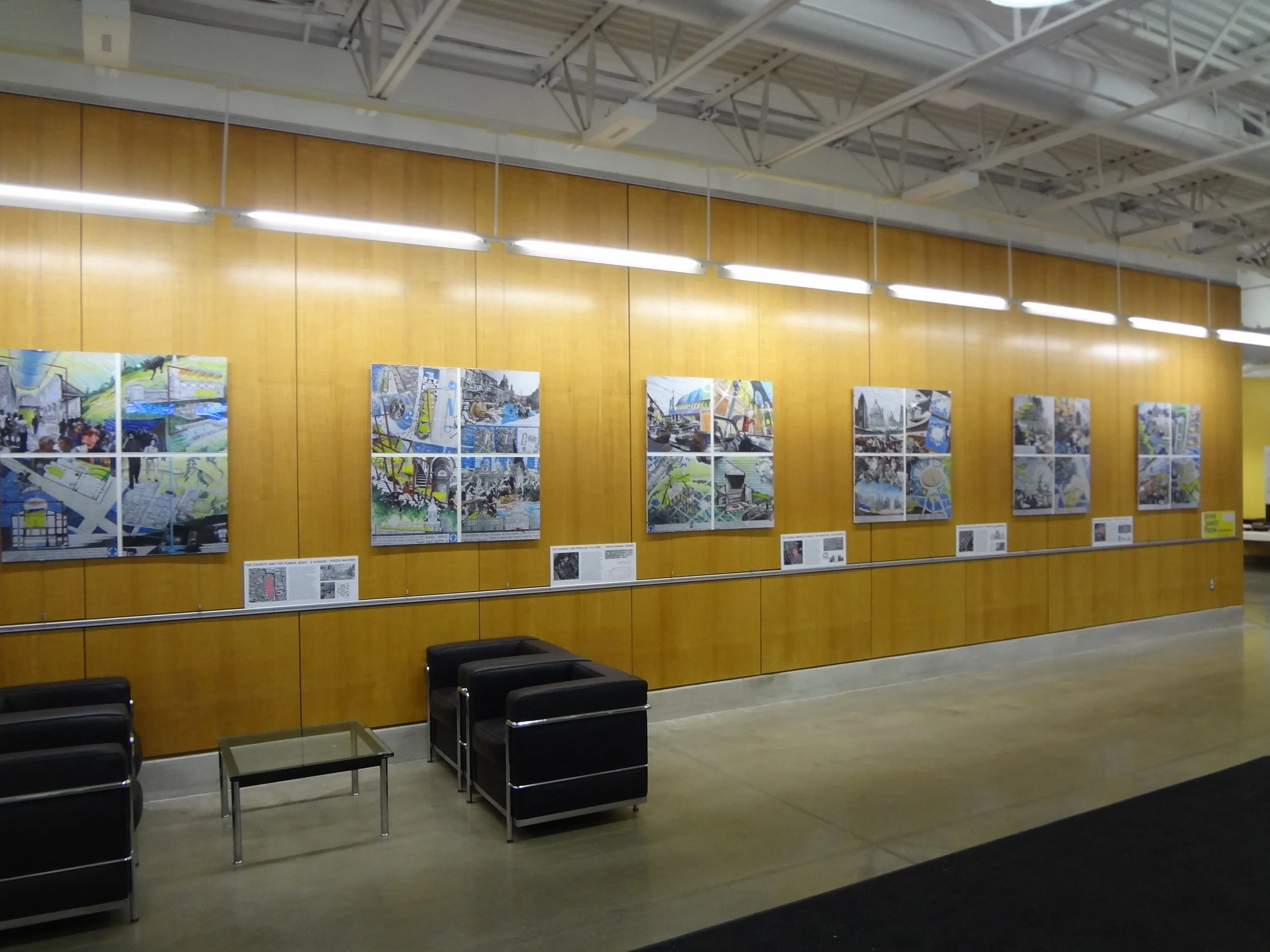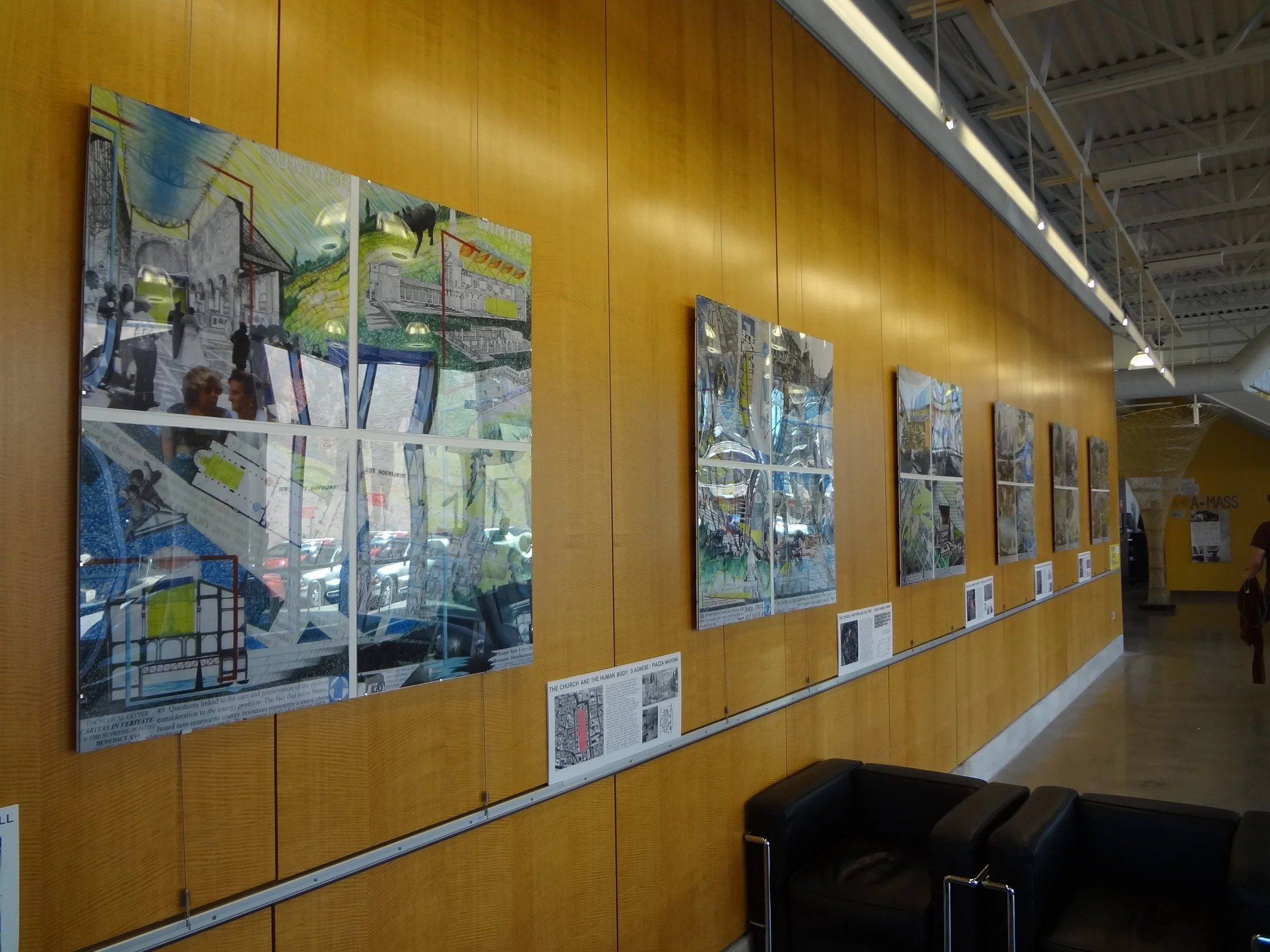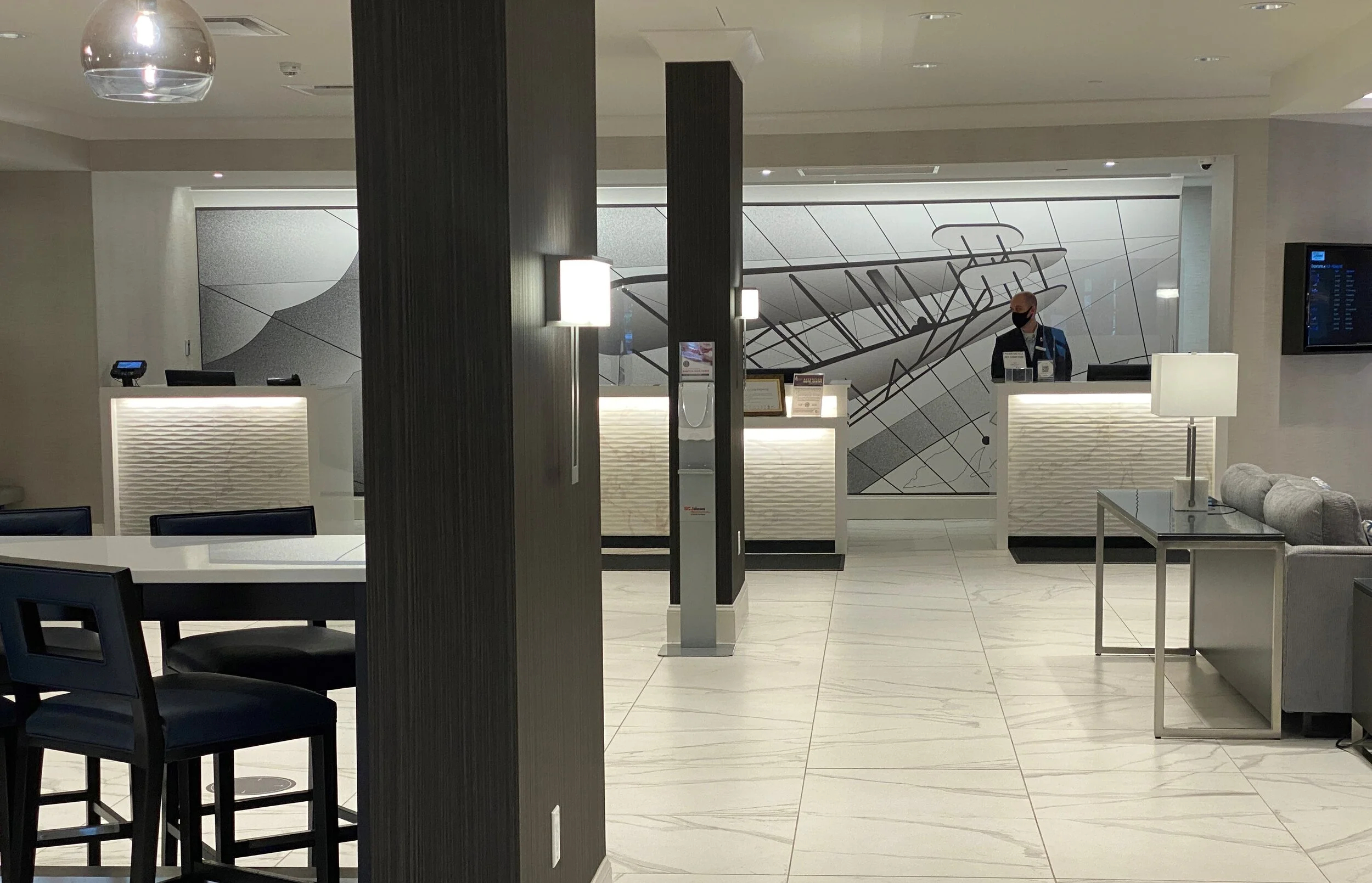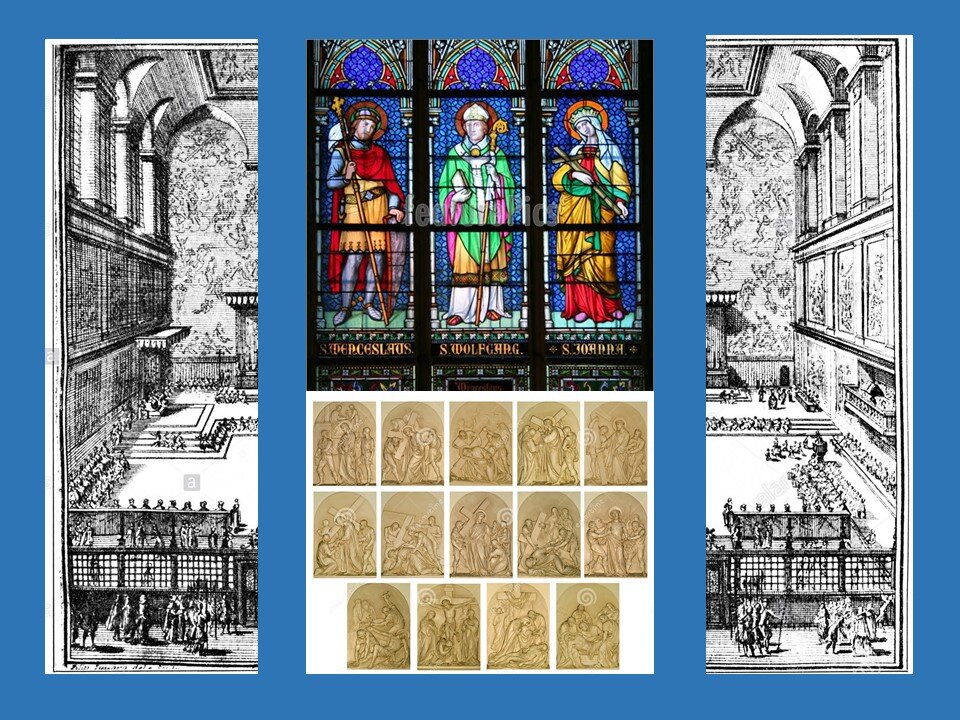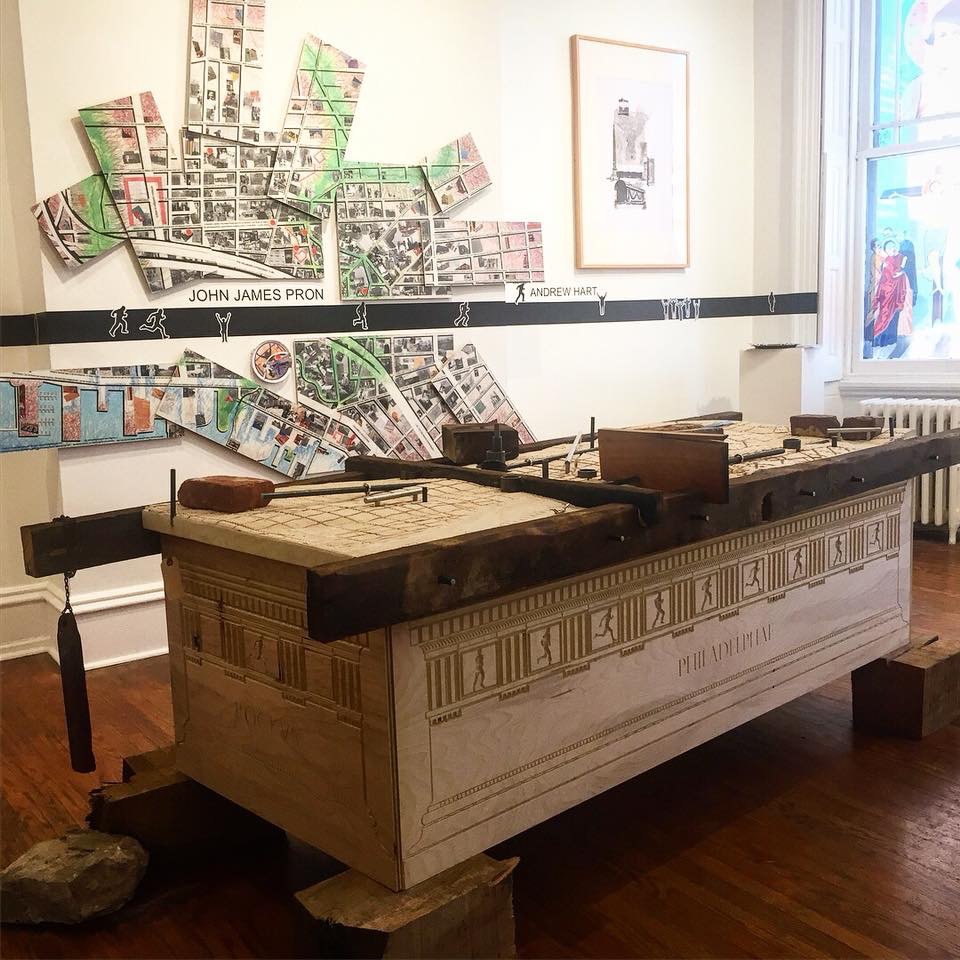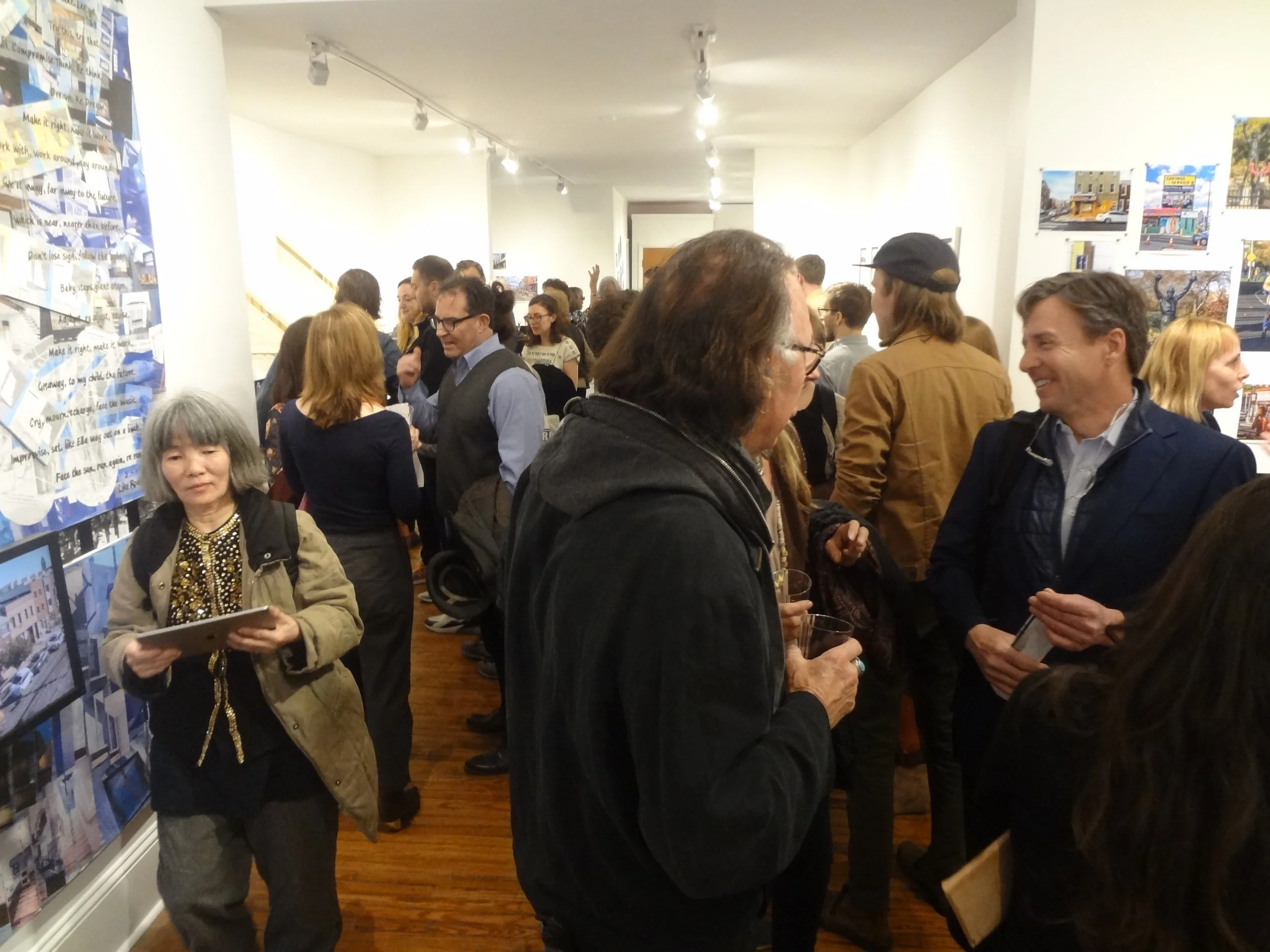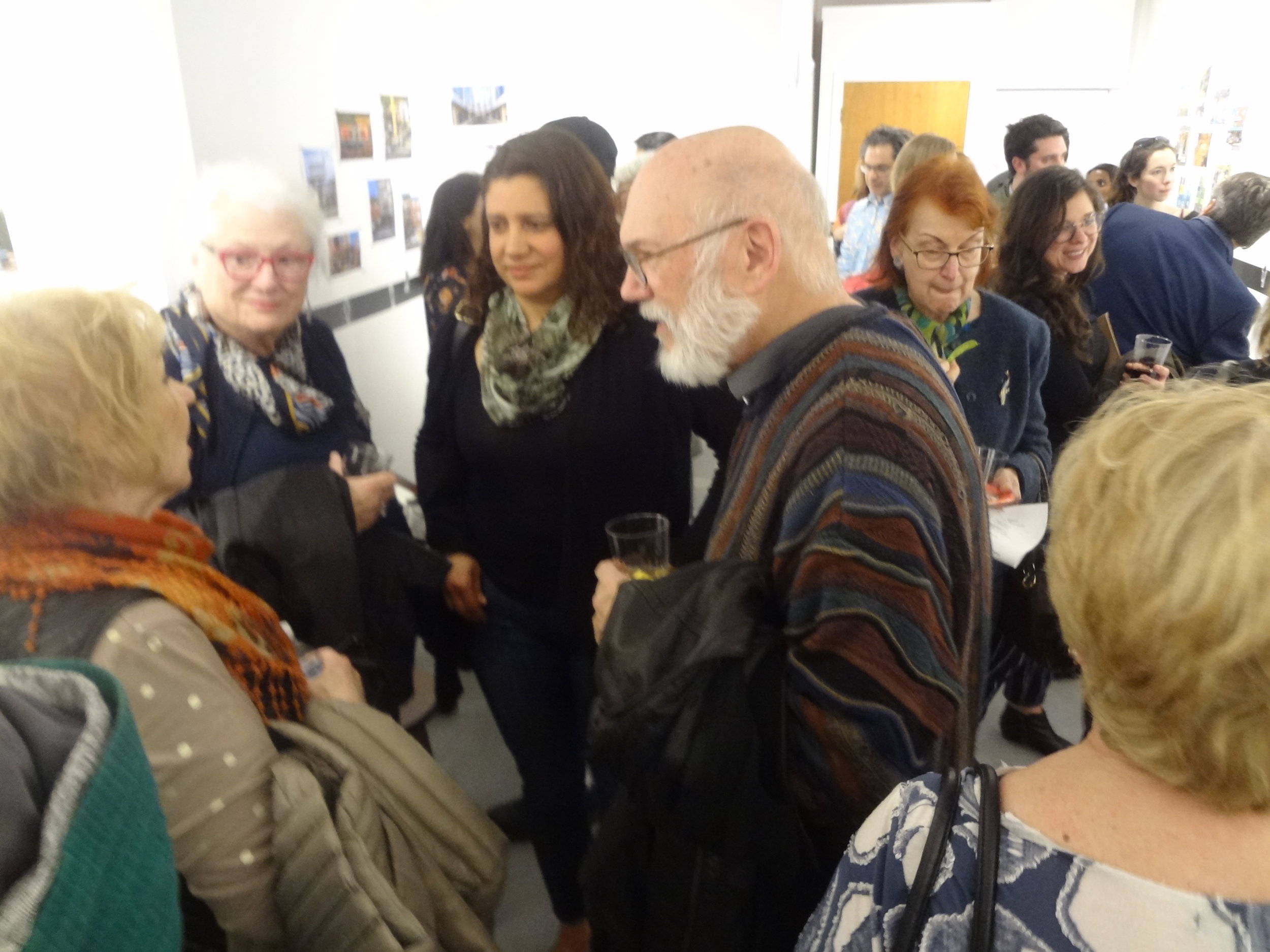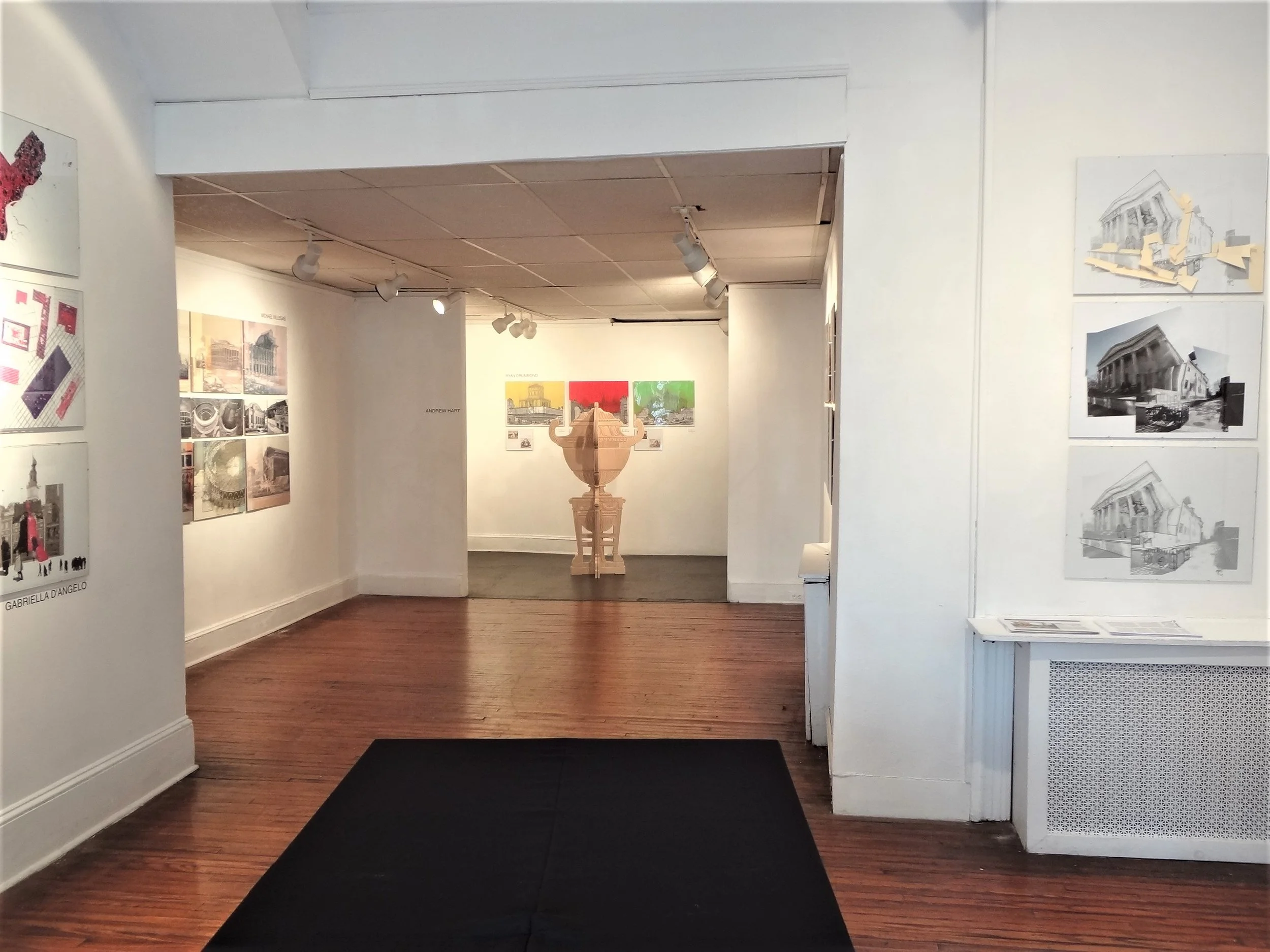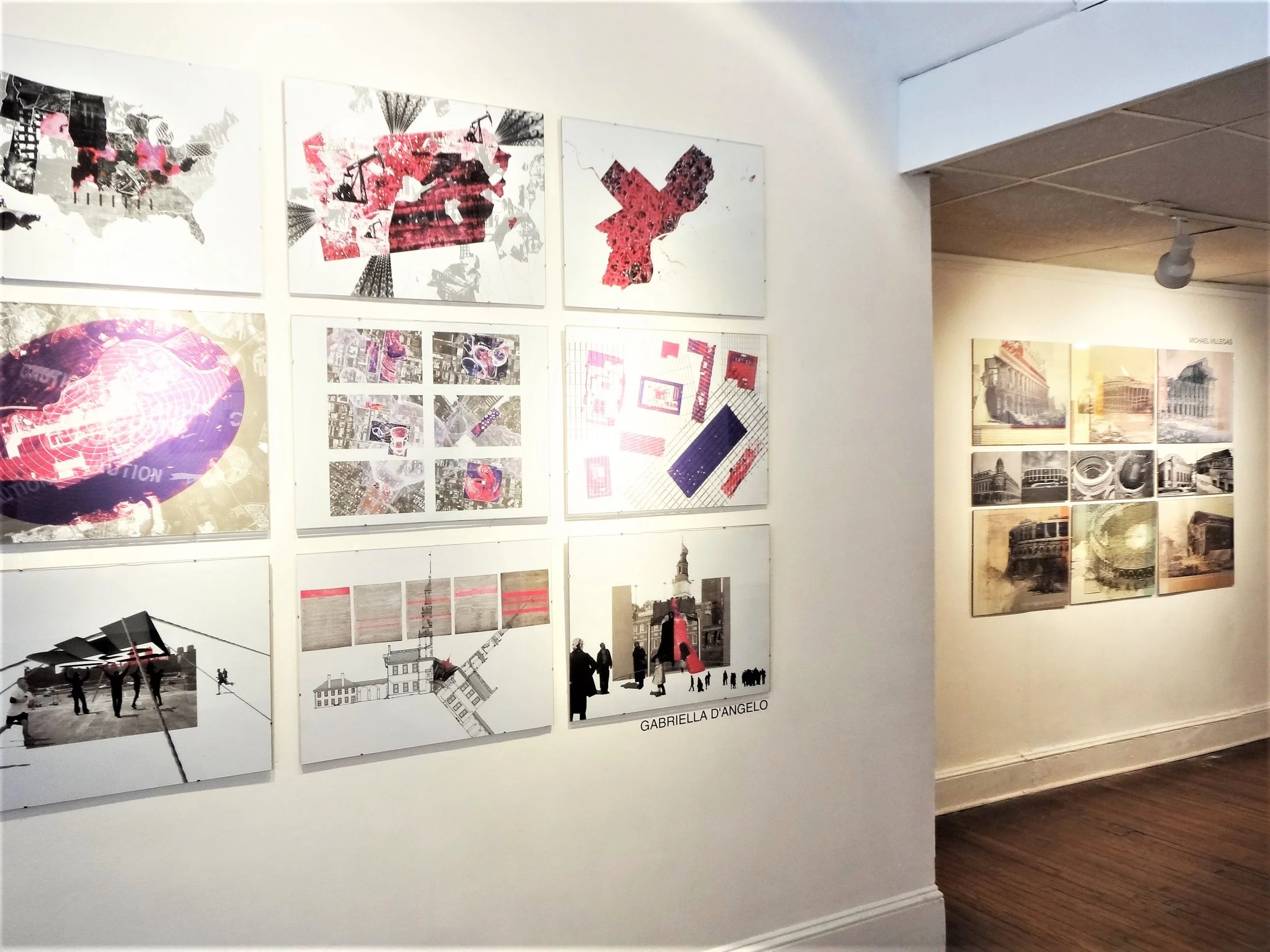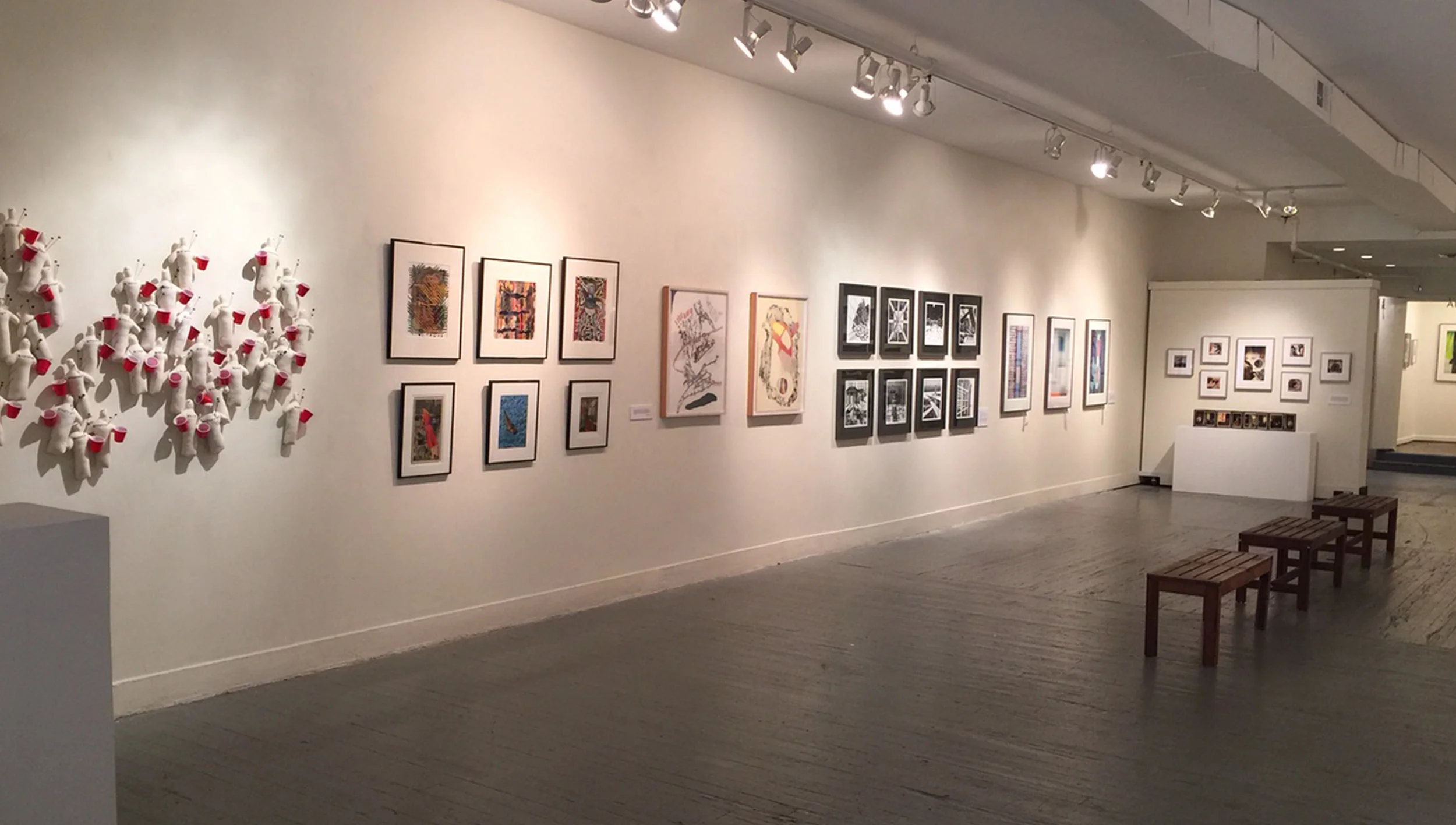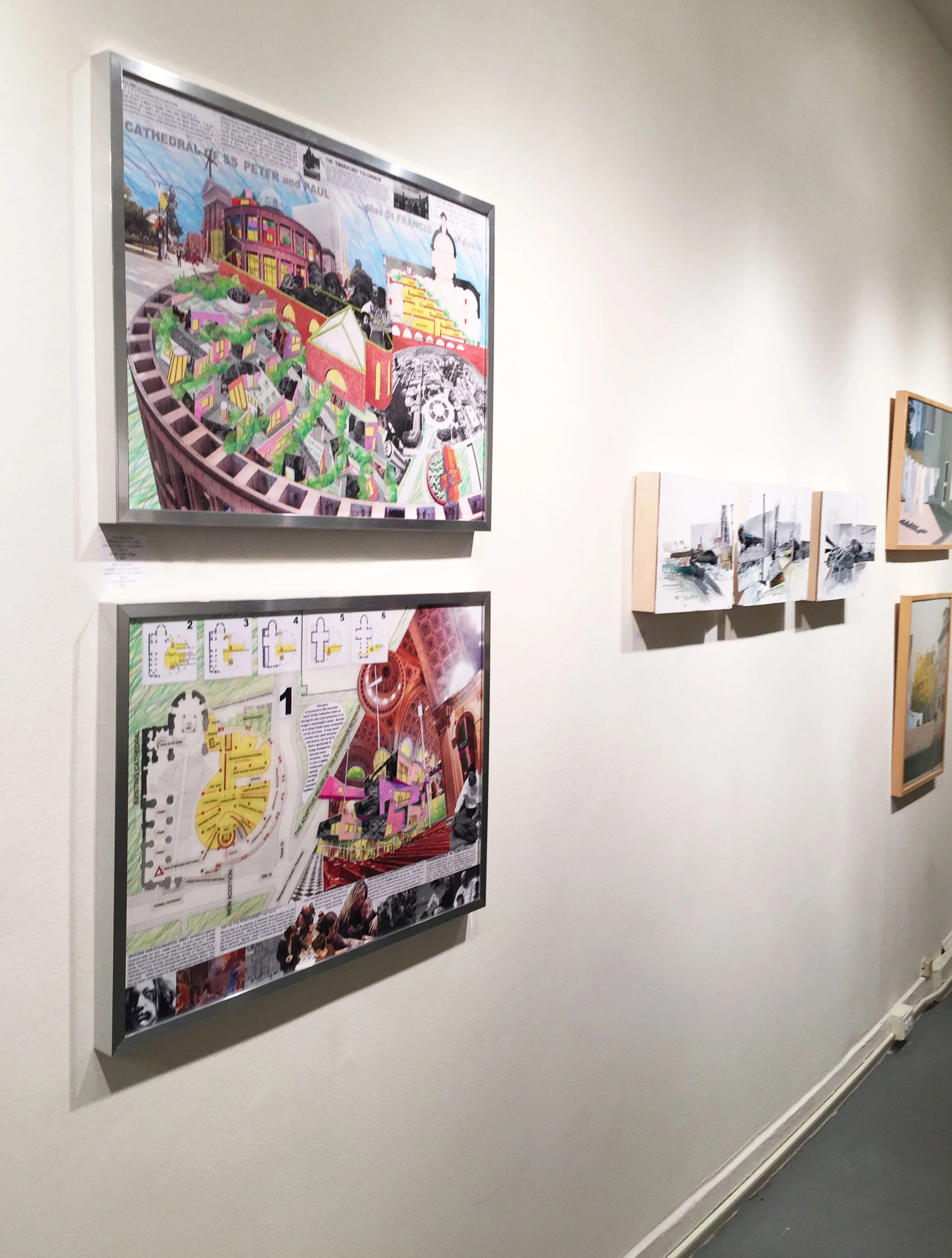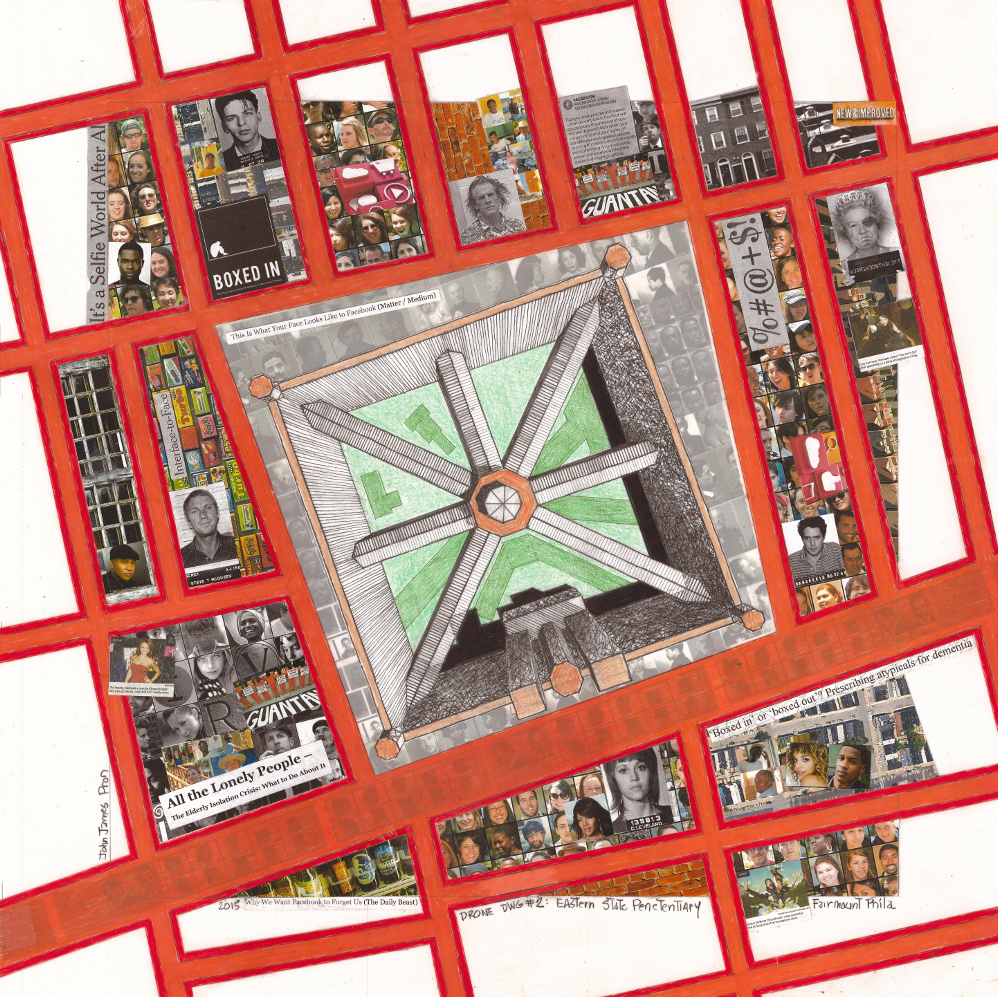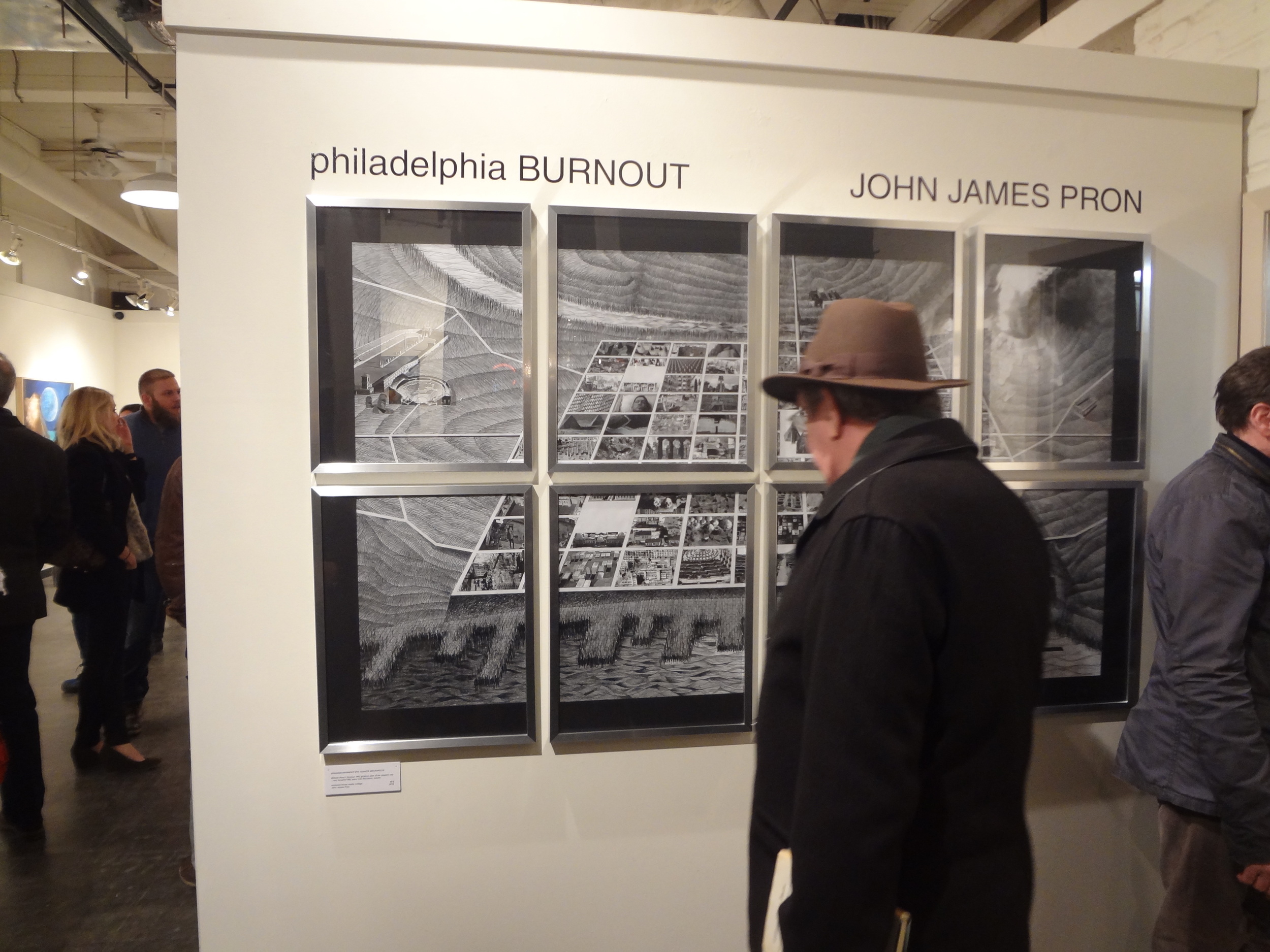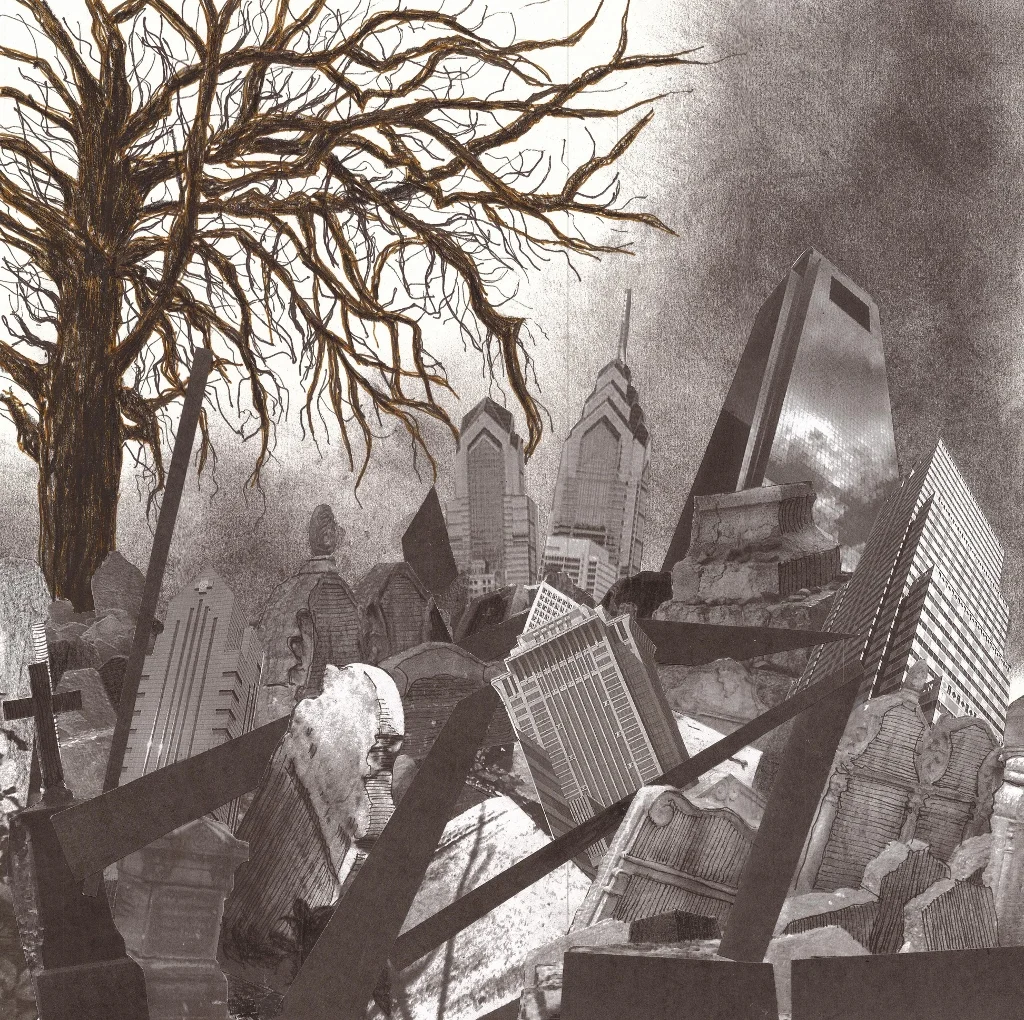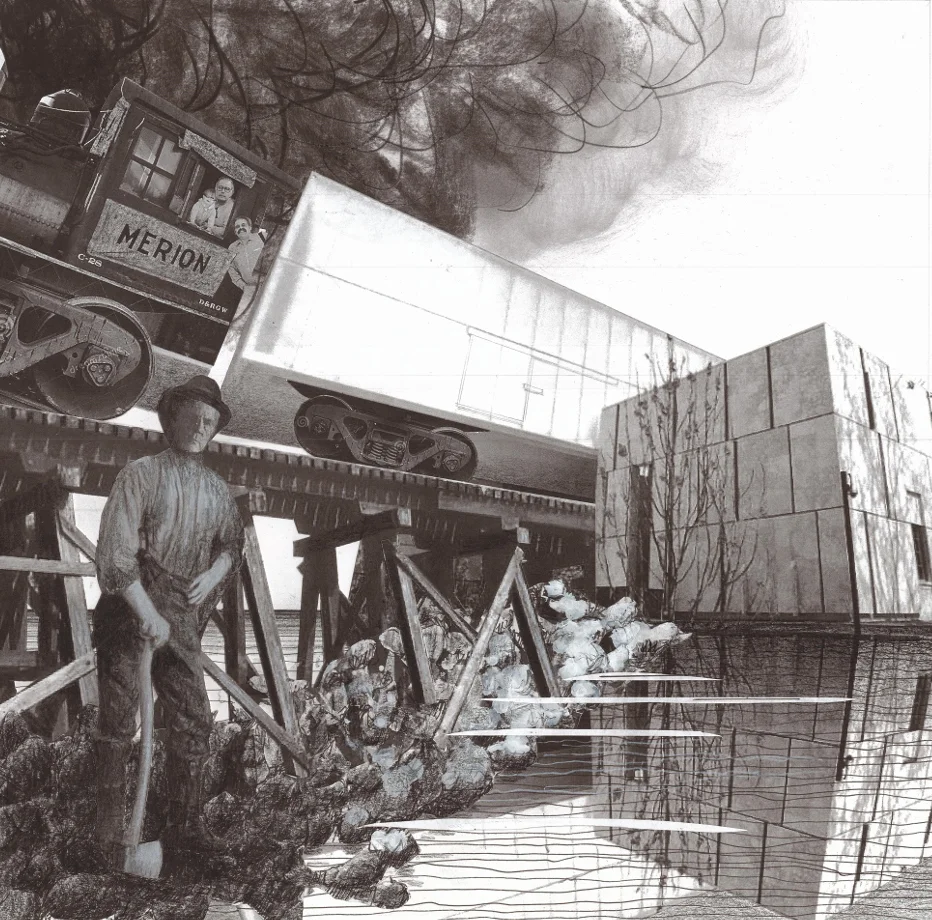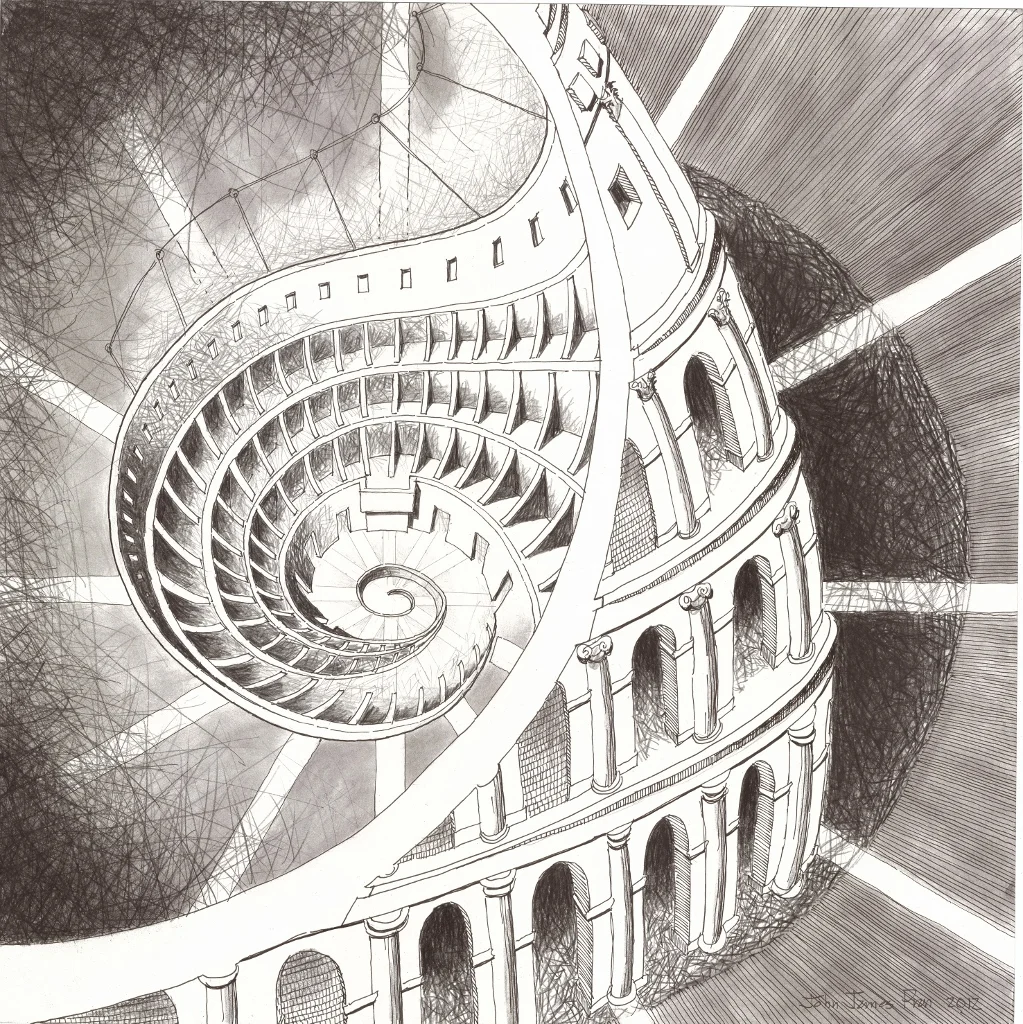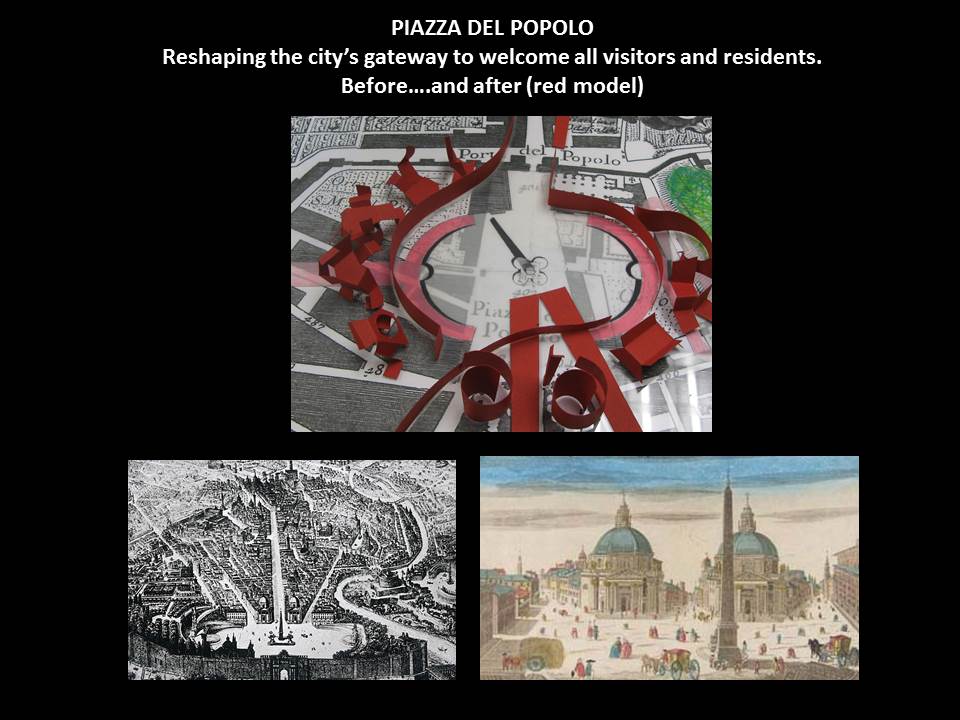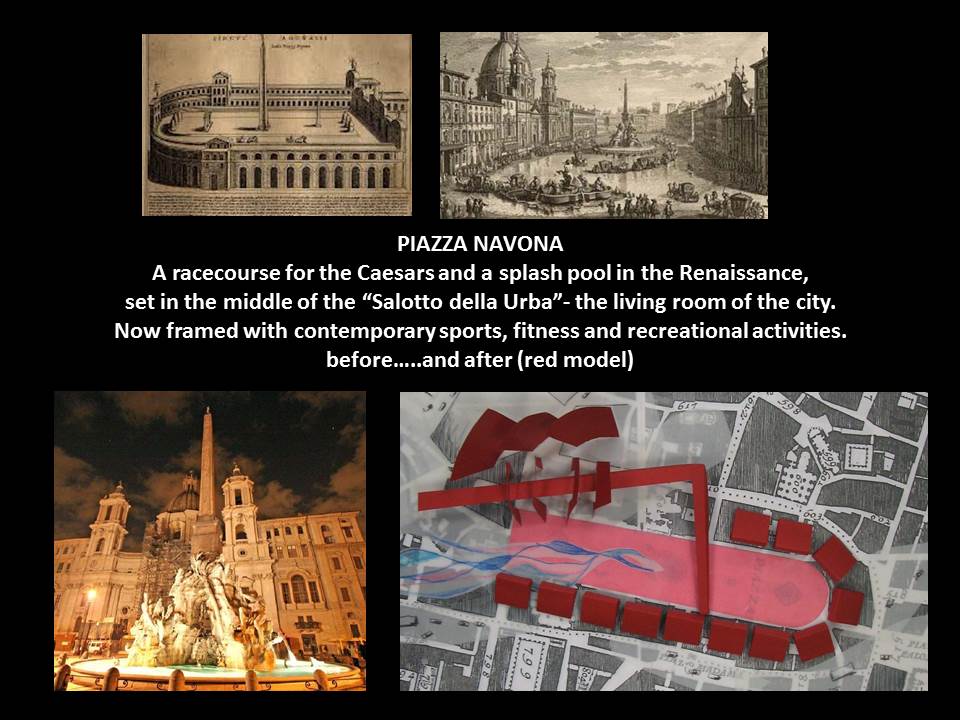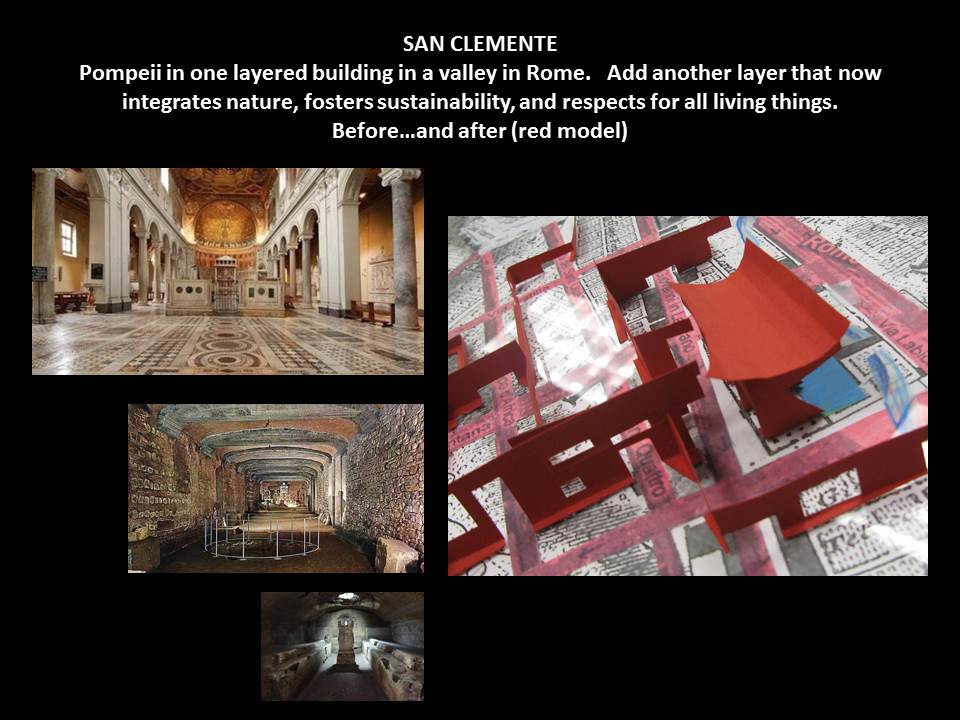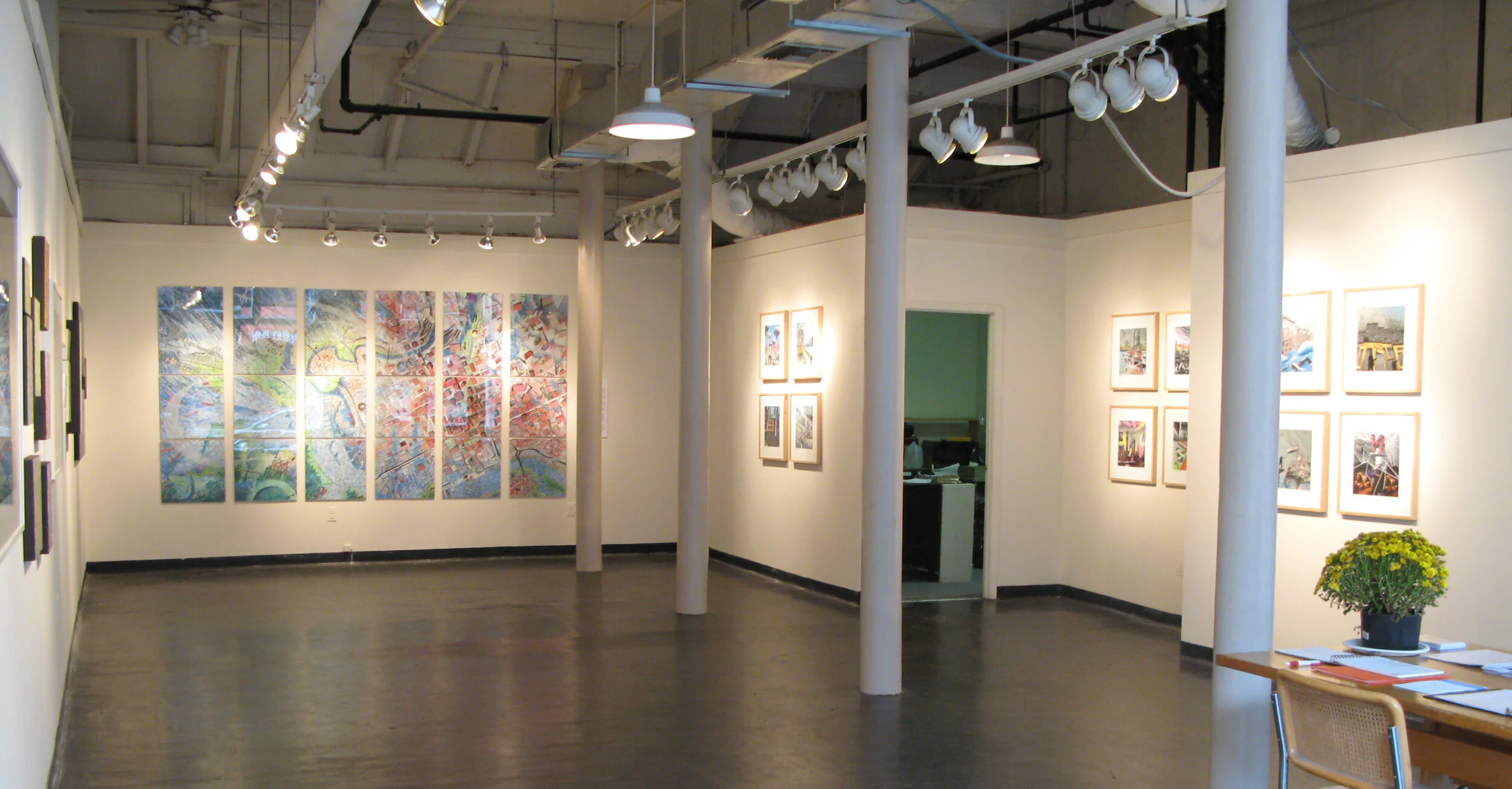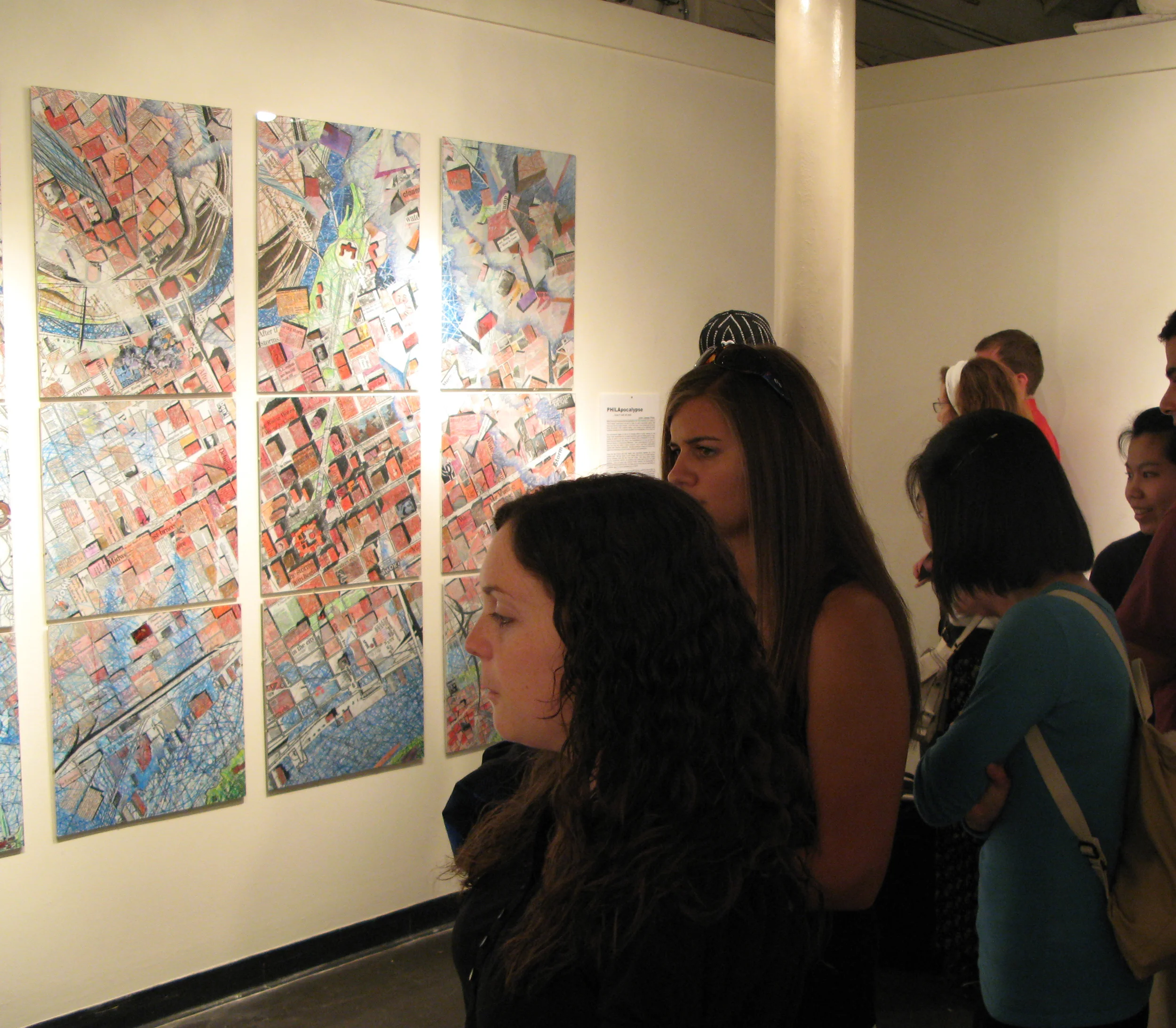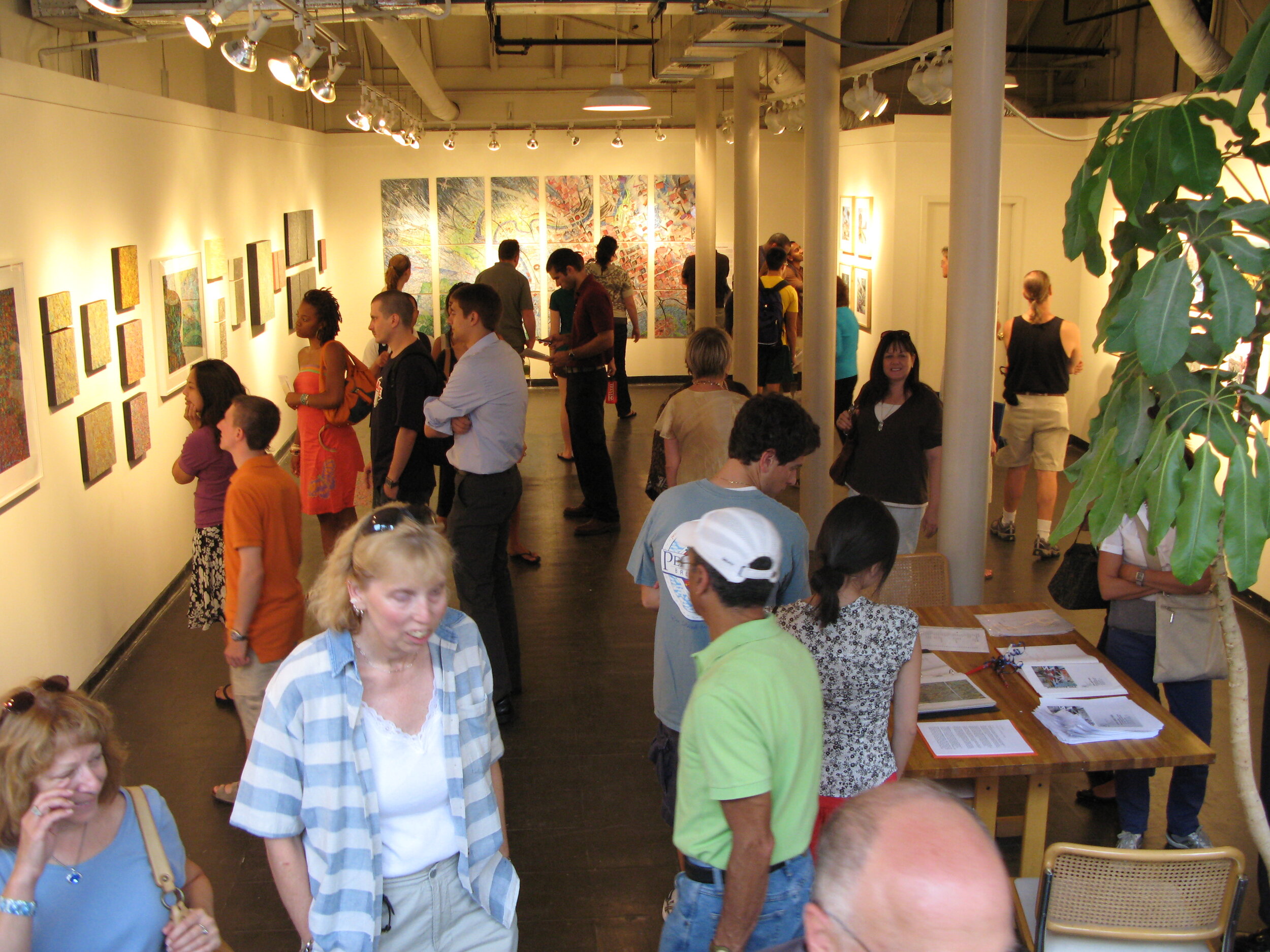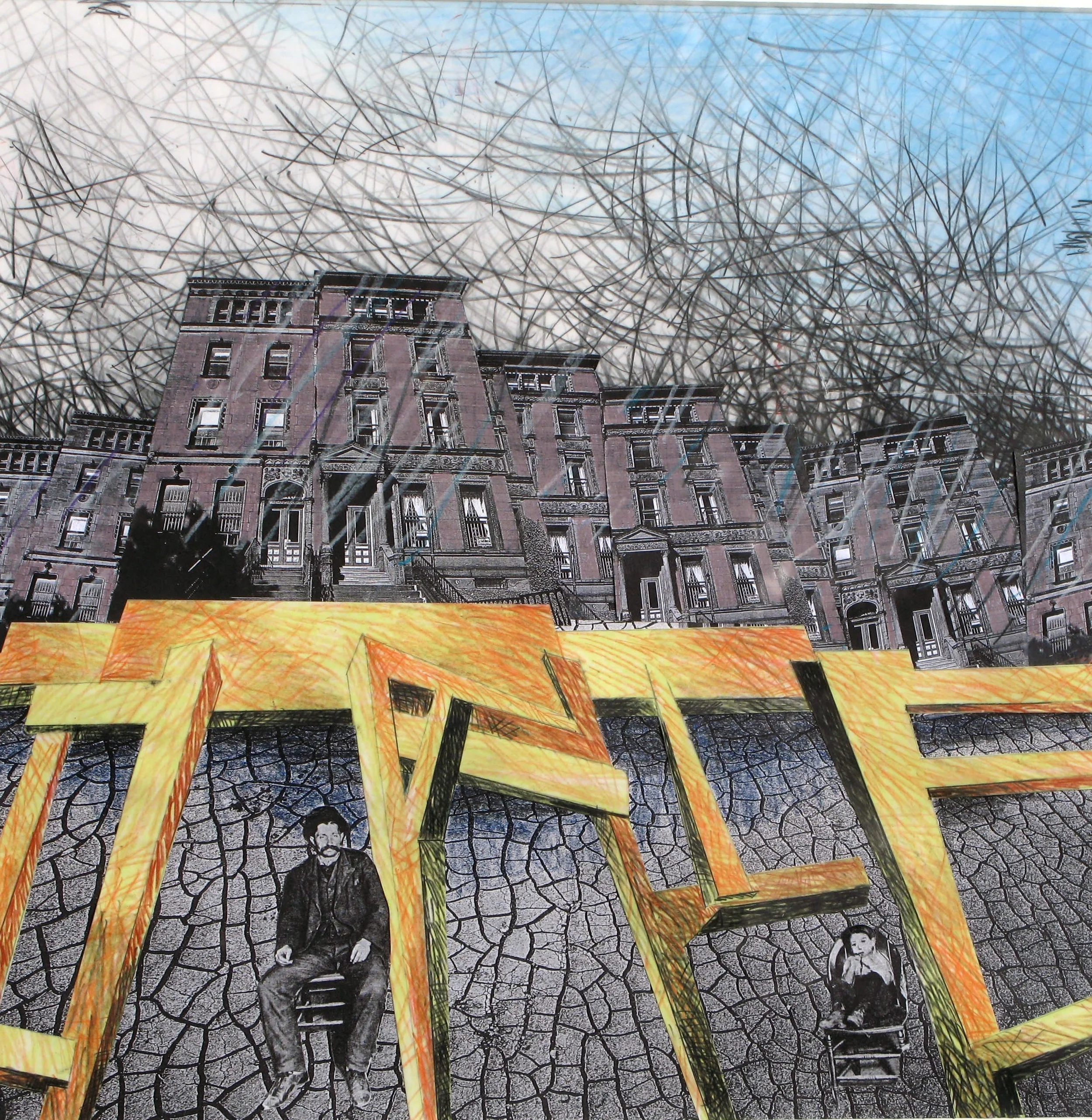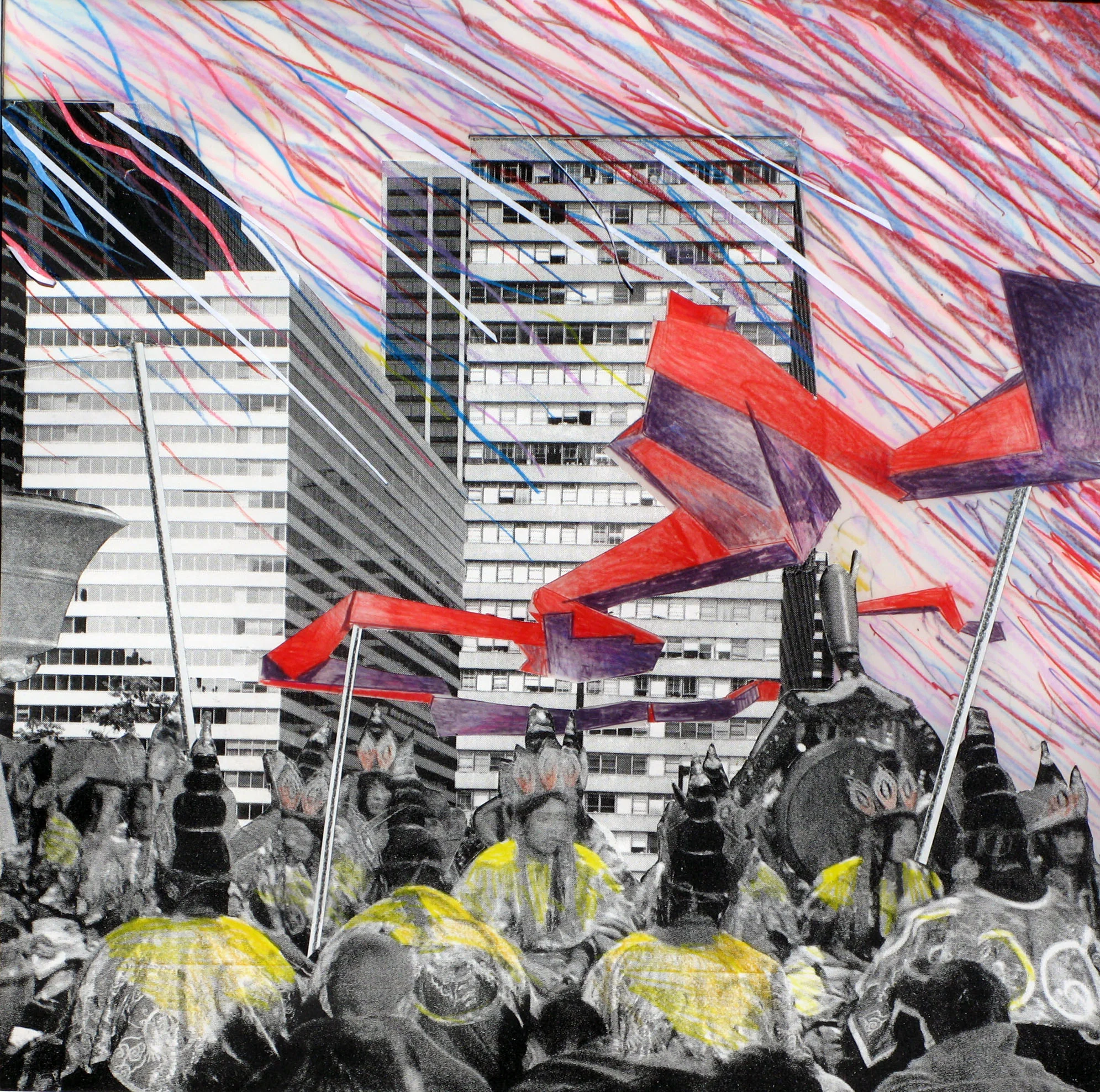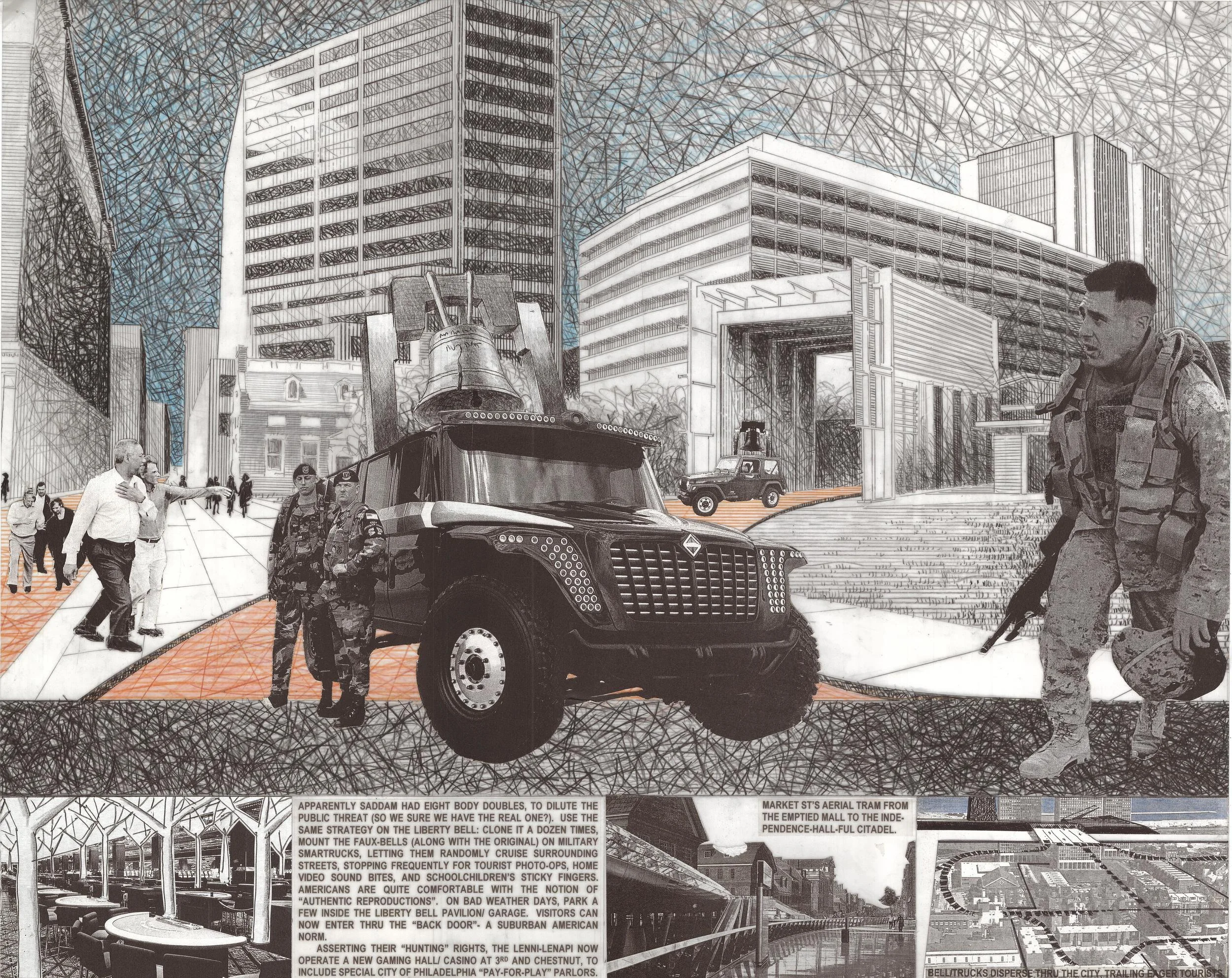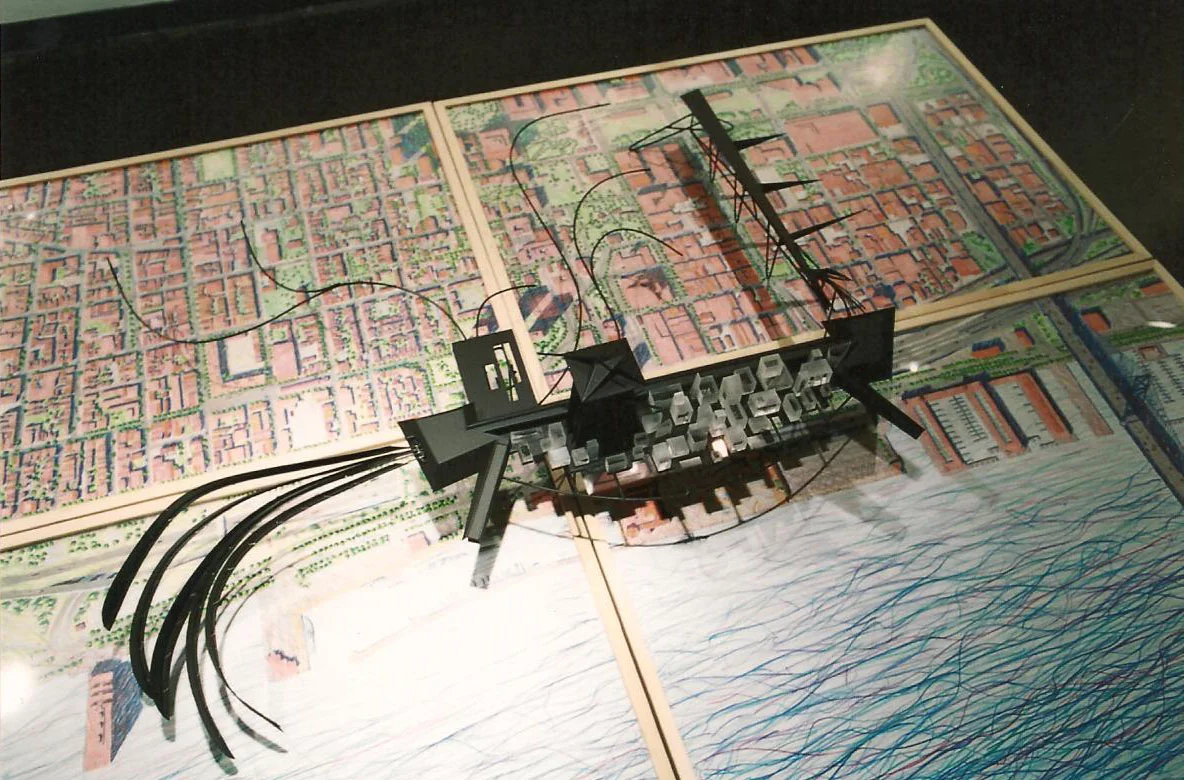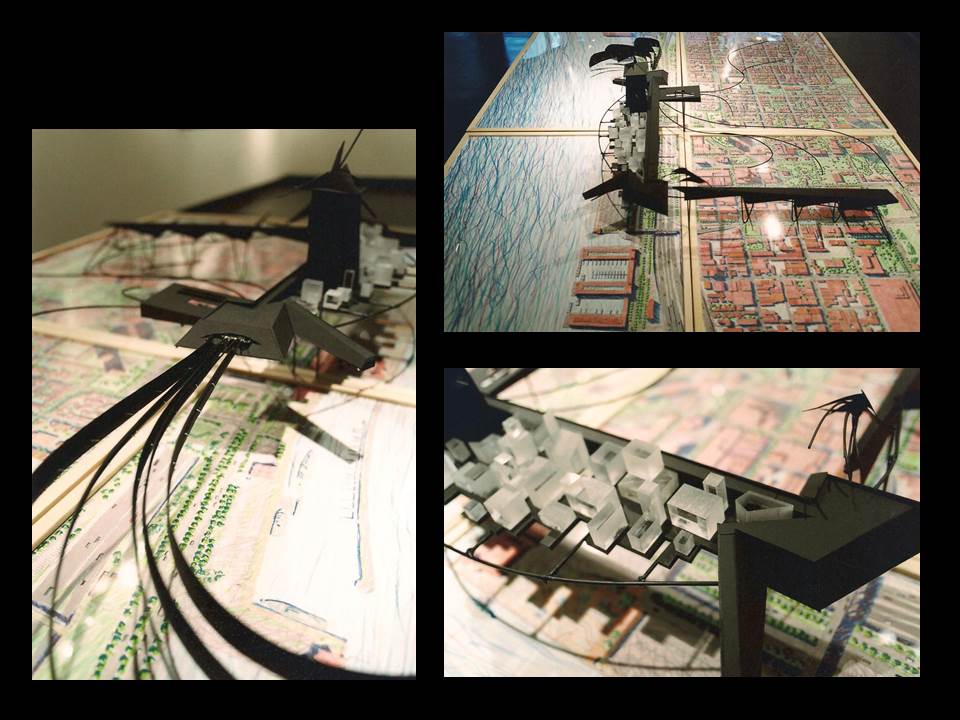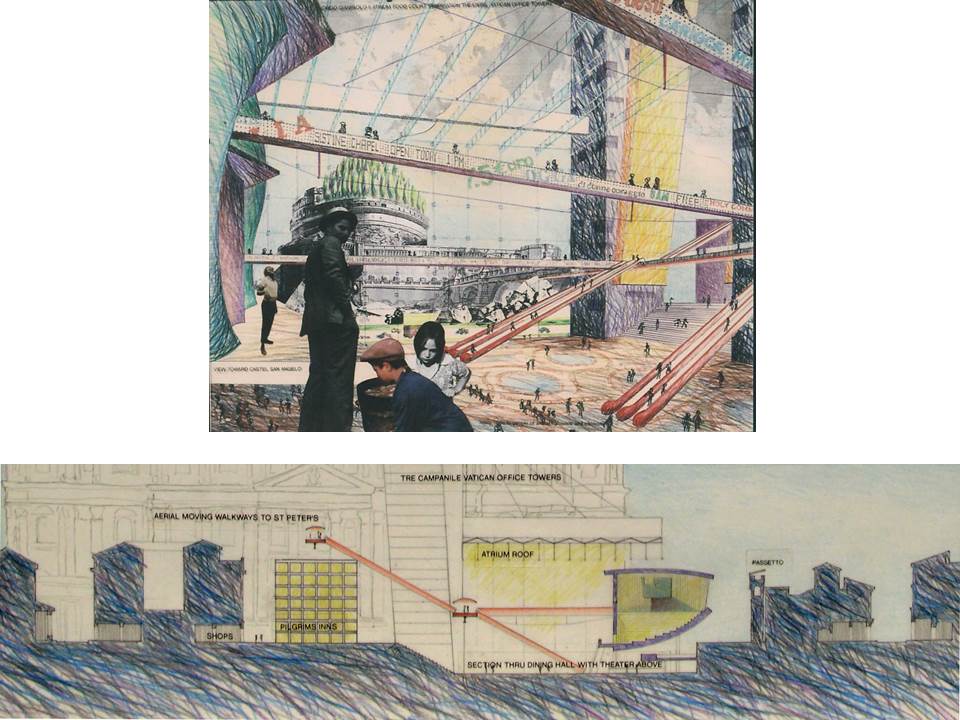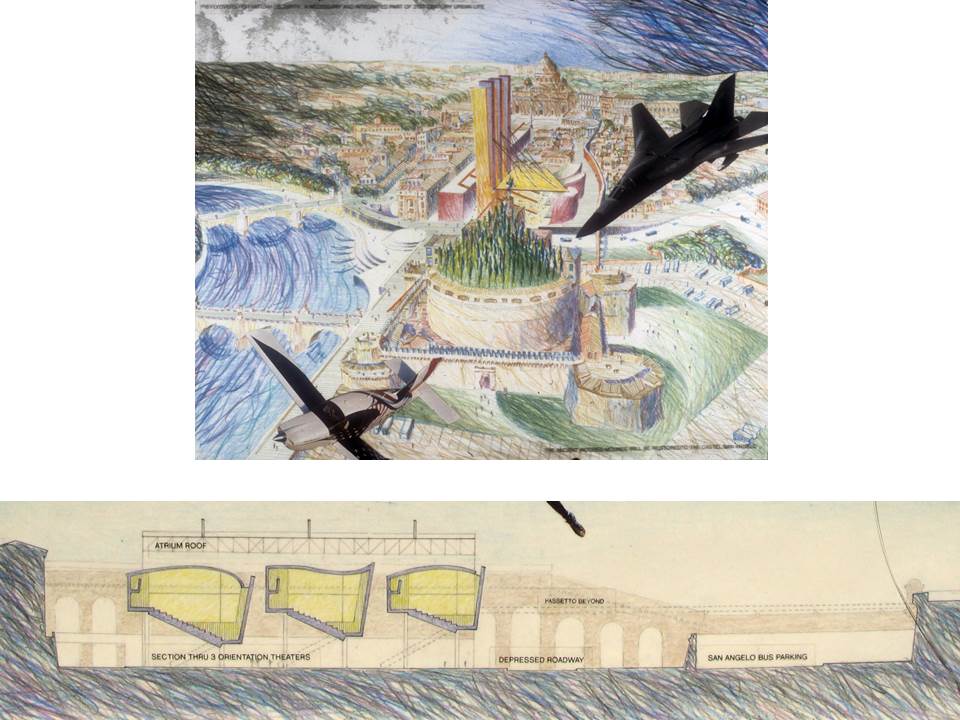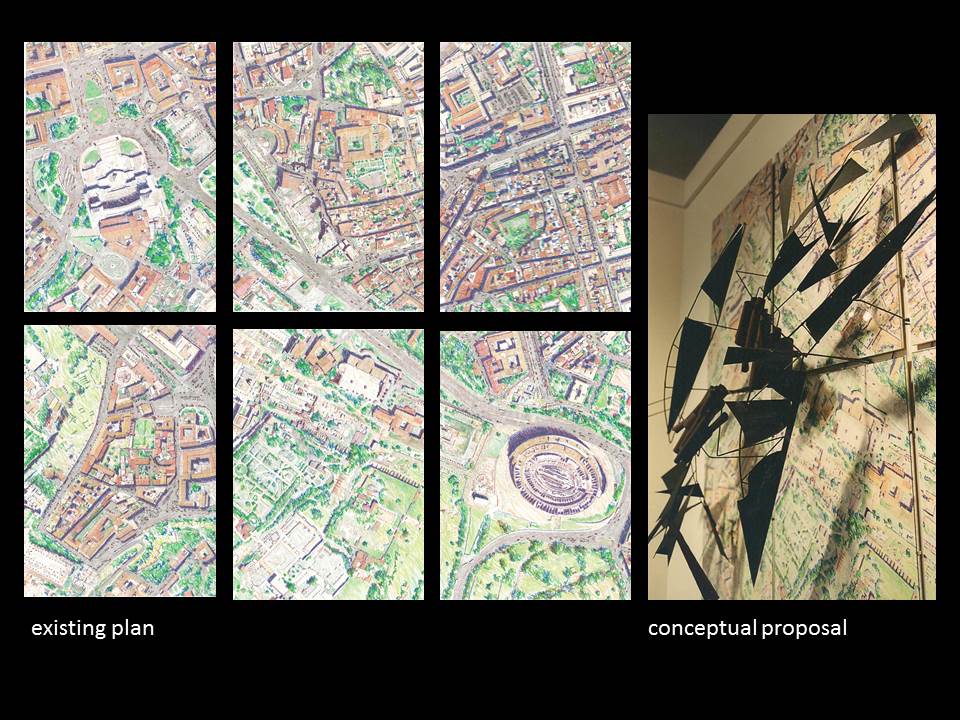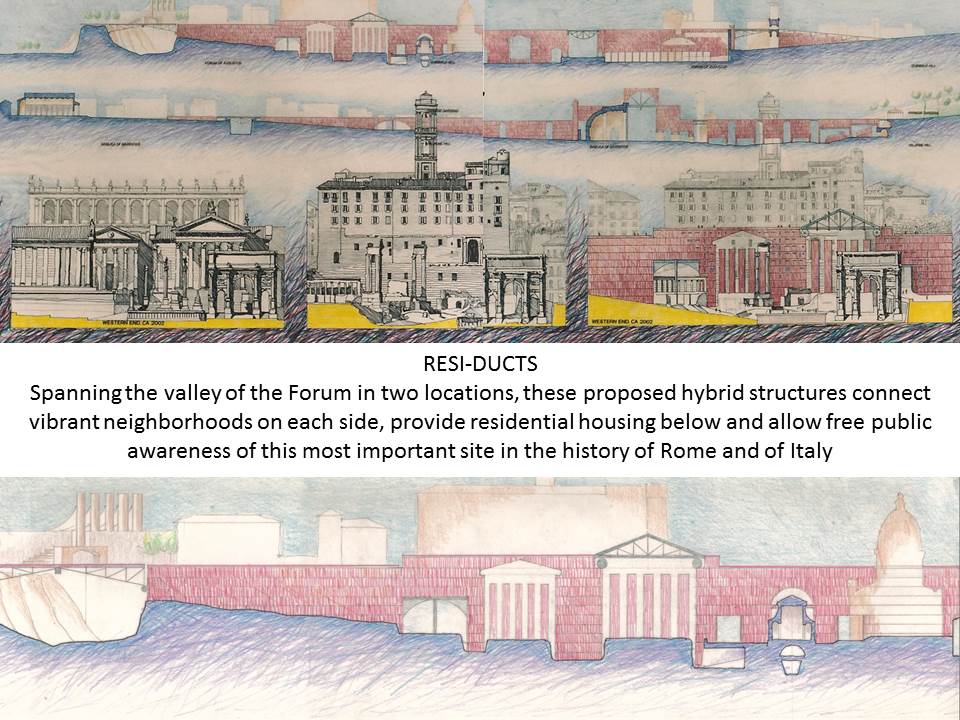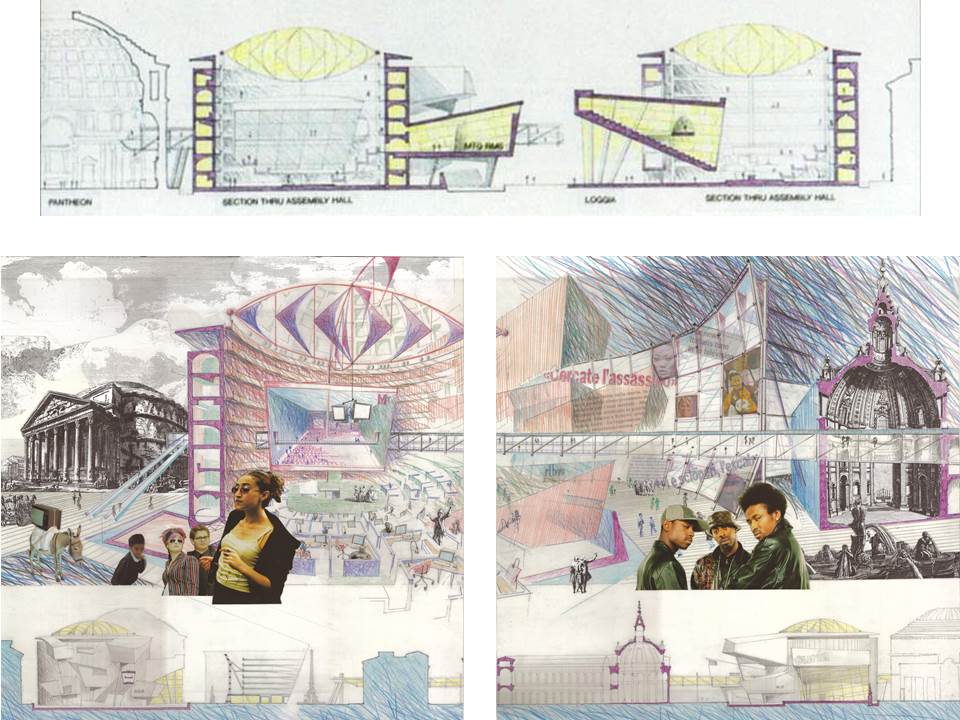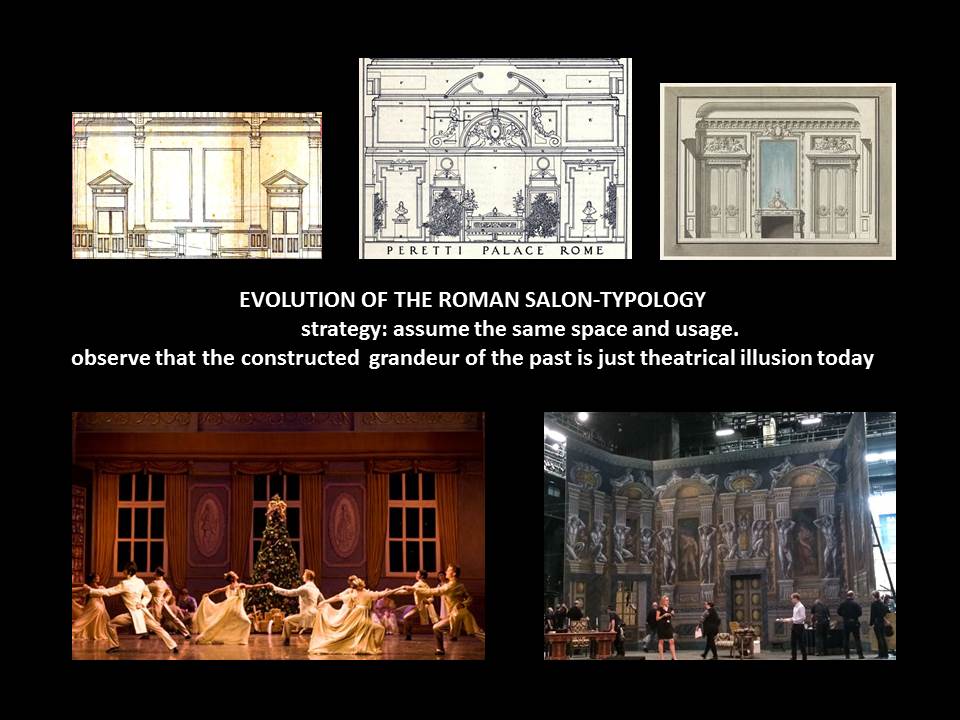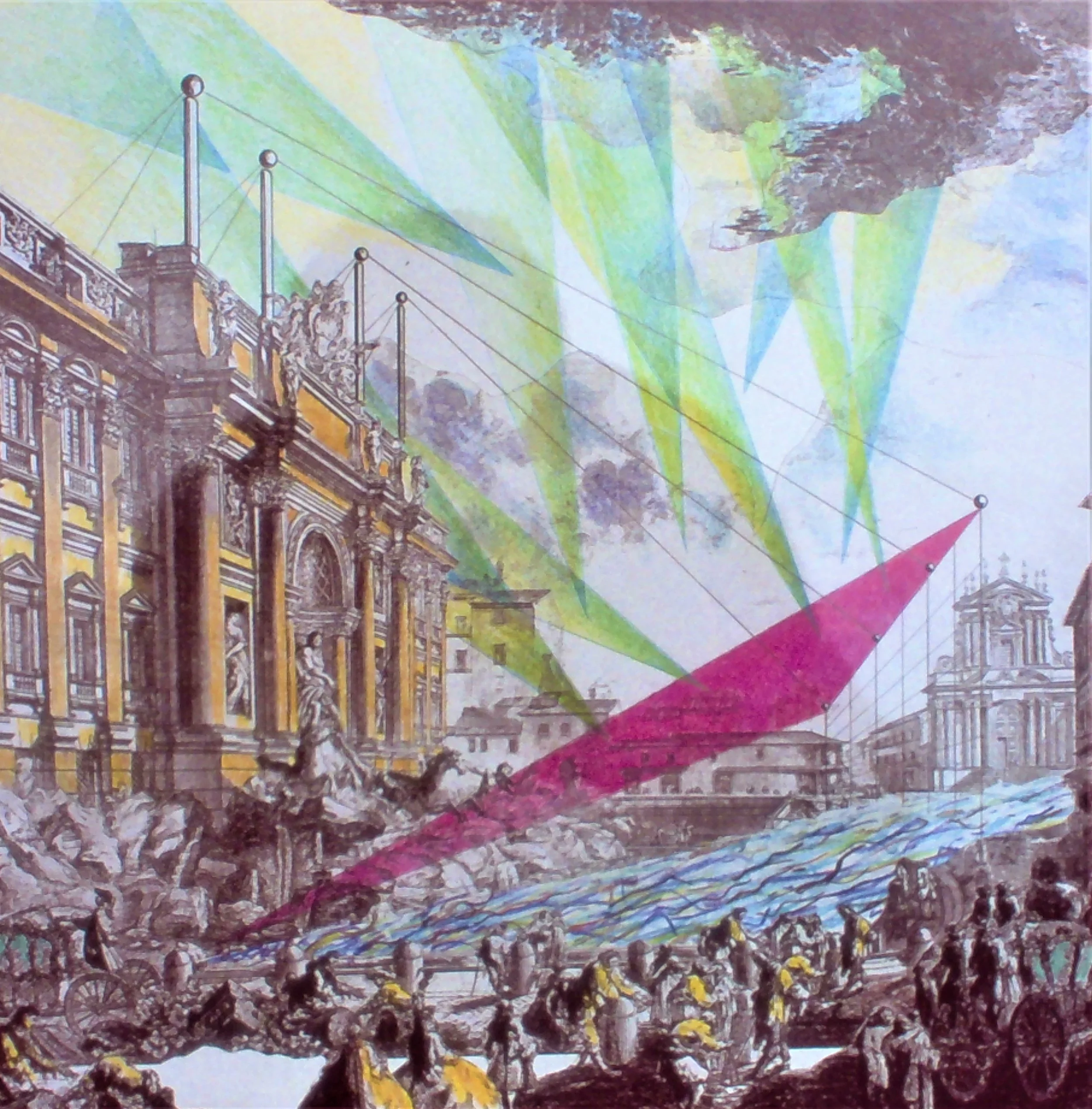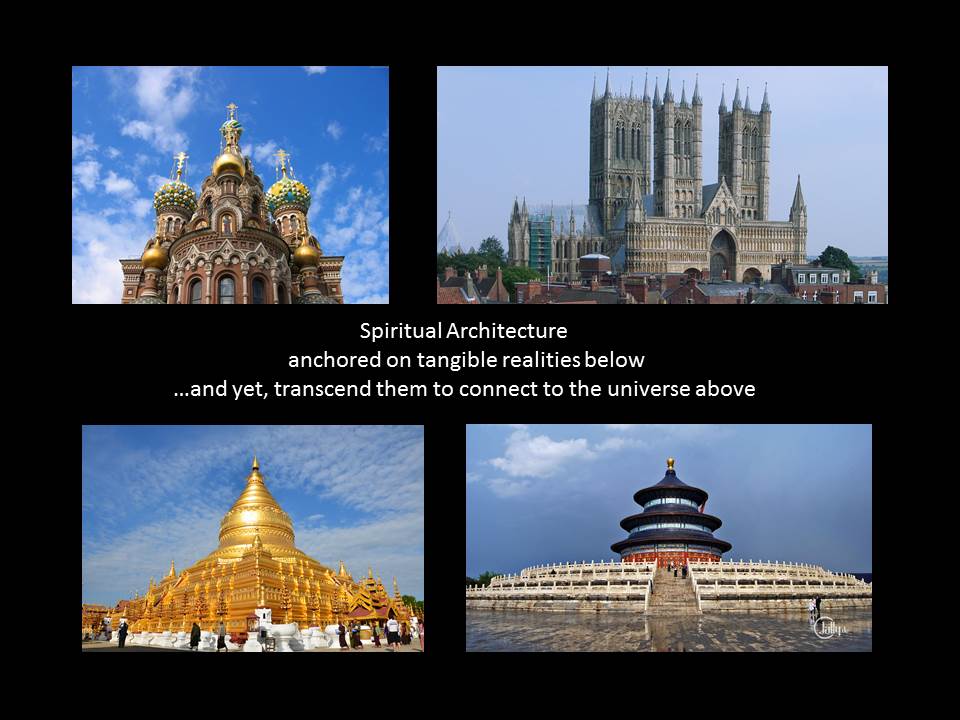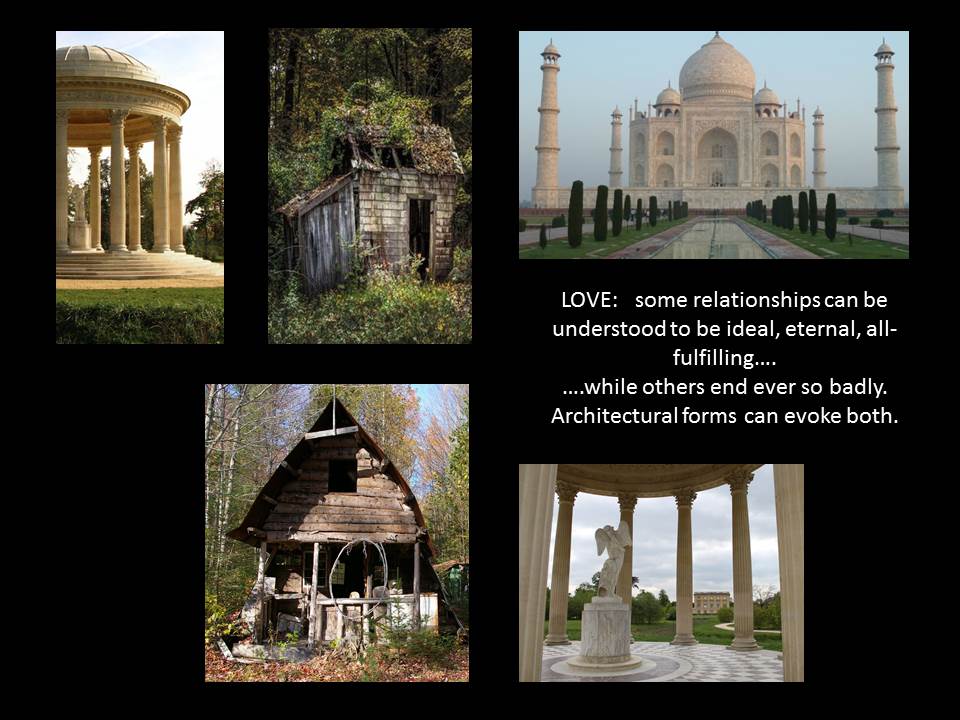a waterlogged Delaware Valley in an age of global warming
Most people know the environmental triggers as well as the damaging effects of global warming: hotter temperatures are melting polar ice caps, causing sea levels to rise. Storms are more frequent, more unpredictable and of scale and a severity now seen in a Hurricane Katrina and a levee-bursting Mississippi. Gross overdevelopment of open space paves over soils unable to slowly absorb the downpours, and so floods systematically inundate older downriver communities. Suburban powerlines collapse and ancient trees crash in the increasingly turbulent summer thunderstorms.
Places like New Orleans and Cedar Rapids make international headlines, but- at a localized scale- “500-year floods” on the Delaware River- occuring only 18 months apart- severely damage towns like New Hope and Yardley, while New Jersey barrier island resorts sustain increasingly severe beach erosion and water infiltration. The threat is coming closer. Indeed, there are major initiatives- locally, nationally and internationally- to confront and reverse global warming… but maybe they are far too late and, most likely, they are much too modest. There is a high probability that it will all fail.
An alternative scenario- explored artistically, cynically, poetically and surreally- in this show, is to not even try to “turn back the tide”, so to speak. Let the oceans and rivers continue to rise, let the molds and the mildews continue to grow, and let the wicked storms run their course. In response, put one’s time, money, energy and creativity into adaptations that will live with such global change, and not to prevent, minimize or eliminate it. Live an increasingly wet lifestyle.
Now let the historic streets become canals, let plazas become reflecting pools, let meadows become basins, and plant rice rather than wheat, Find a powerful but ad hoc architectural expression that is comfortable with increased wateriness- abandon lower levels of older buildings, add meandering raised walkways, build more reservoirs, dikes and levees. And since your very survival may depend on it, restructure your life to be very much aware of moisture- where it is coming from, and how it might affect all that come in contact with it. Learn to watch the cloudy skies, and watch the damp grounds, noting their complex colors, embroidered textures and mutual reflectances….and realize how beautiful it all is, and how it constantly reconfigures its setting as it erodes and deposits. And most important, by tolerating, observing and analyzing this evolving climate, you should come to enjoy it, celebrate it, play with it, meditate upon it. Learn to swim, teach the kids to surf, eat more fish.
Clearly this is a major environmental change, but it is not necessarily a tragedy. Instead of the immense sadness of a New Orleans (a city that deluded itself in not accepting that it was below the waterline), I suggest using Venice as a paradigm. That particular city is irreversibly sinking: its gilded and plastered buildings flaking into tidal muds, its piazzas regularly flooding. Solutions to save it are beyond affordability…and so it will eventually drown. But this realization does not prevent Venetians from enjoying enriched, fullbodied lives in their most extraordinary, albeit impossibly fragile setting. I suspect they appreciate it all the more, knowing that their beloved city will not last forever. And so they live with wit, grace, elegance, passion and fervor, as they adjust to its gradual, inevitable decline. Philadelphians- in an age of global warming- can do the same.
15 (20" x 20") framed prismacolor rendering/collages
11' wide x 6' high representation of Philadelphia and the Delaware Valley under environmental siege. Displayed, on loan, in the lobby of the Philadelphia City Planning Commission, 2008- 2015.



